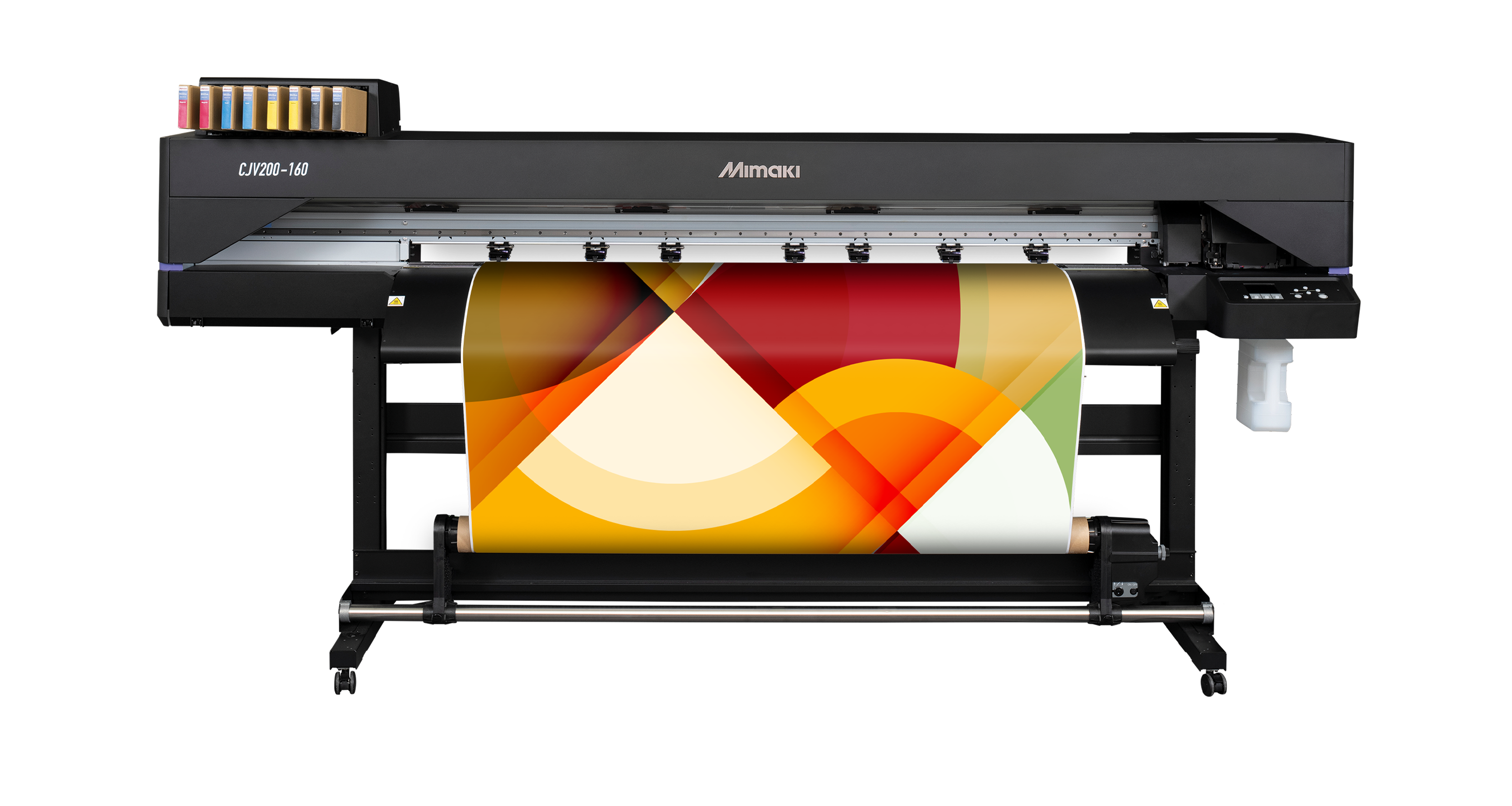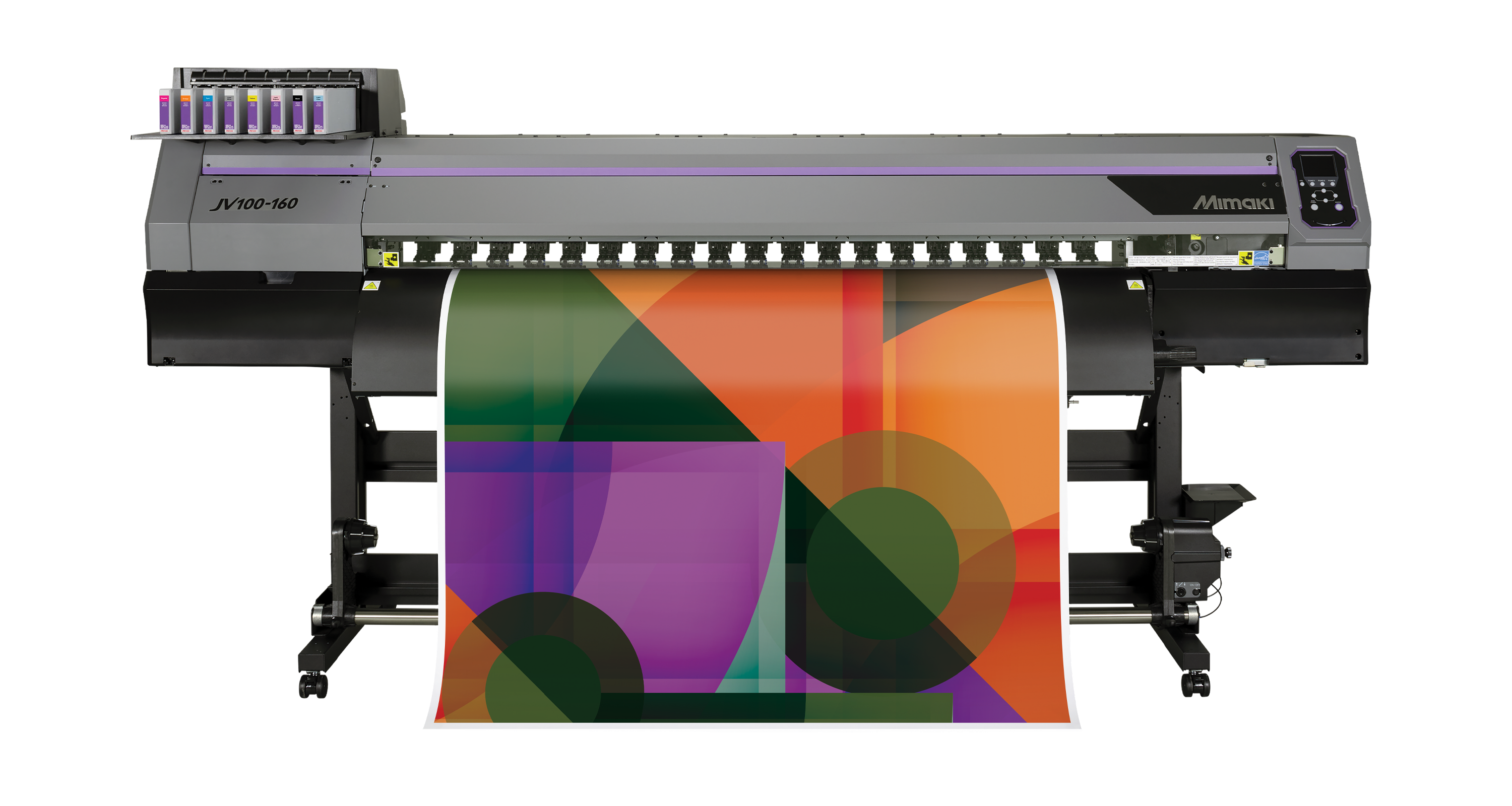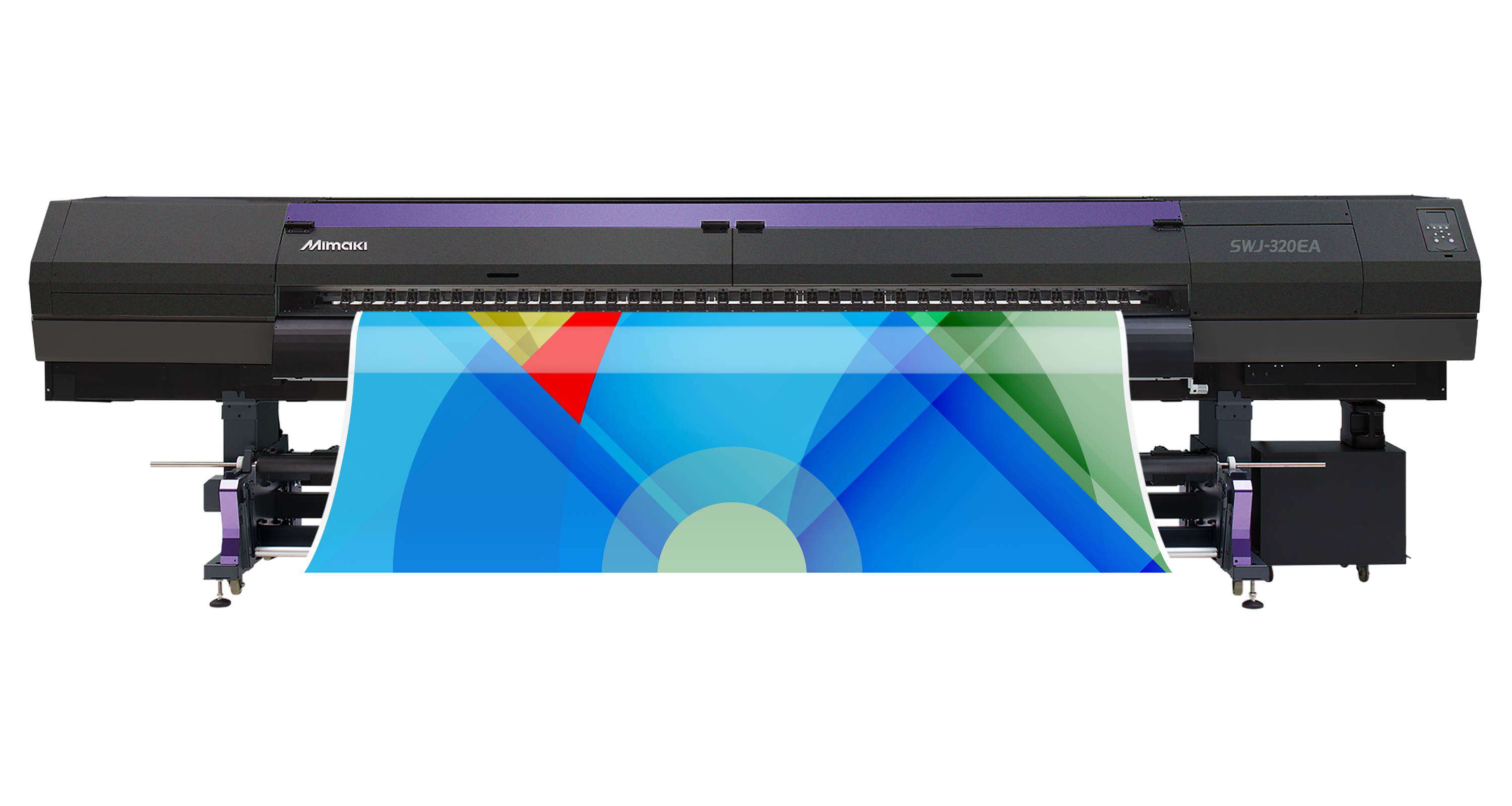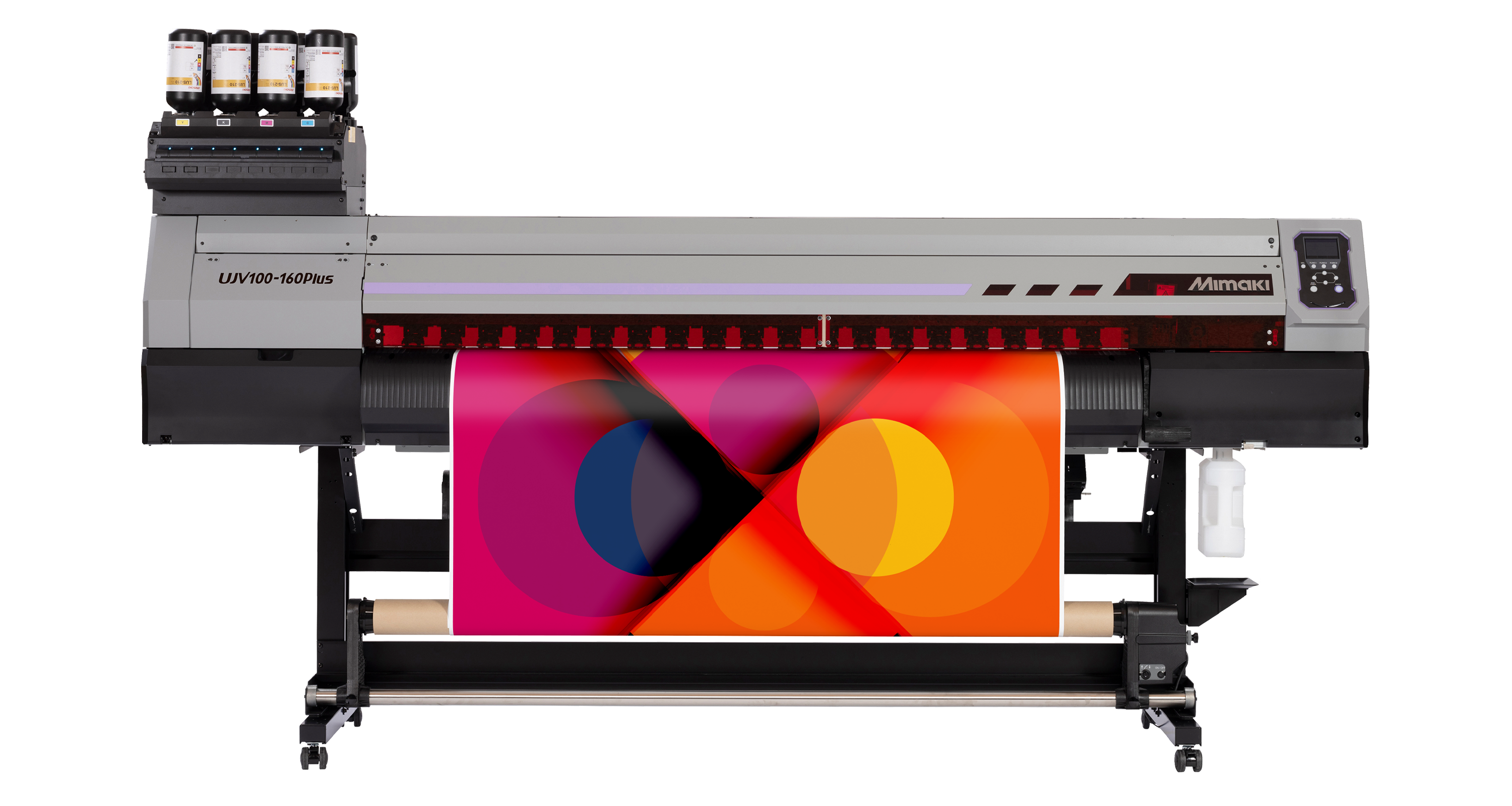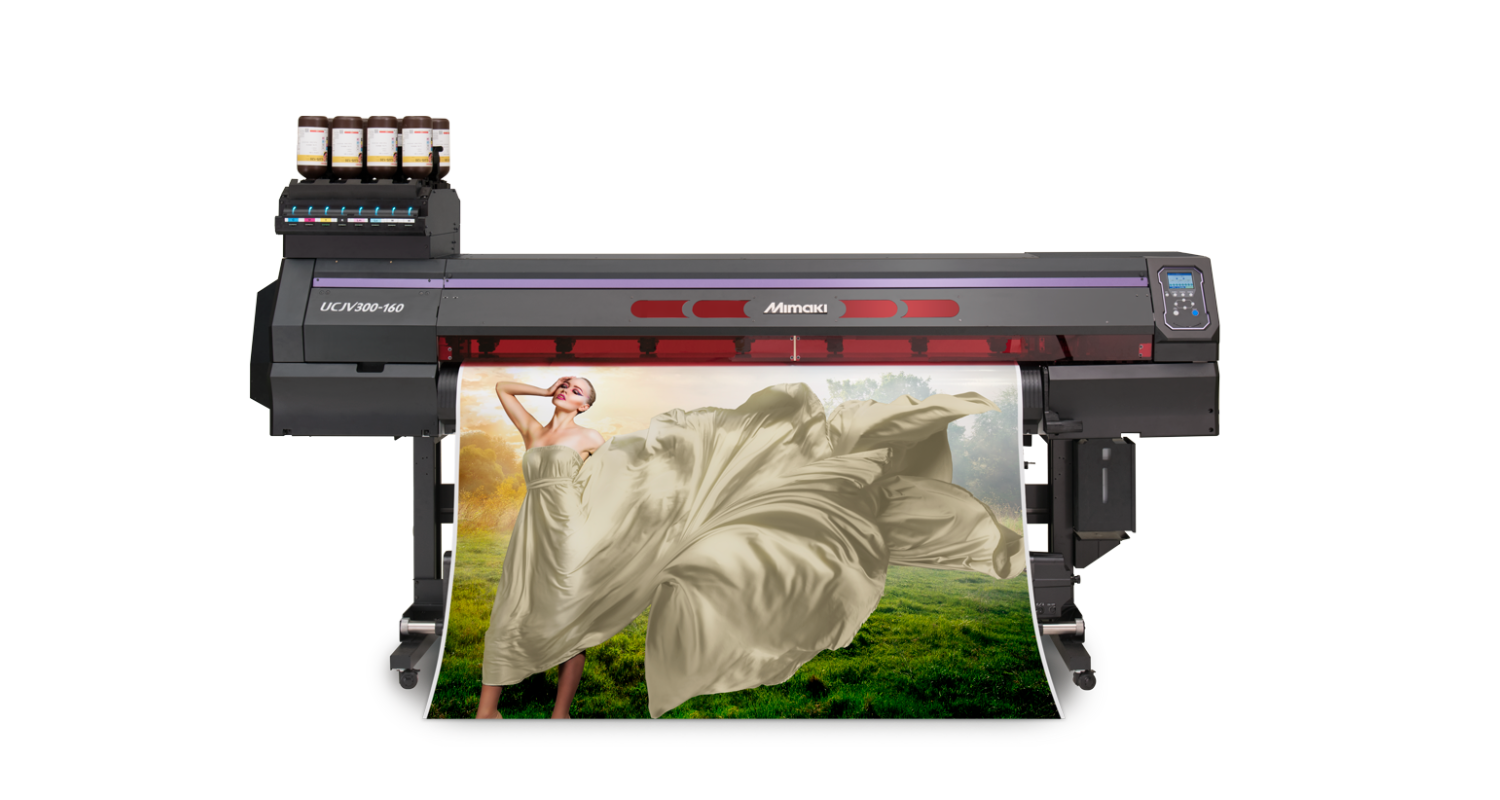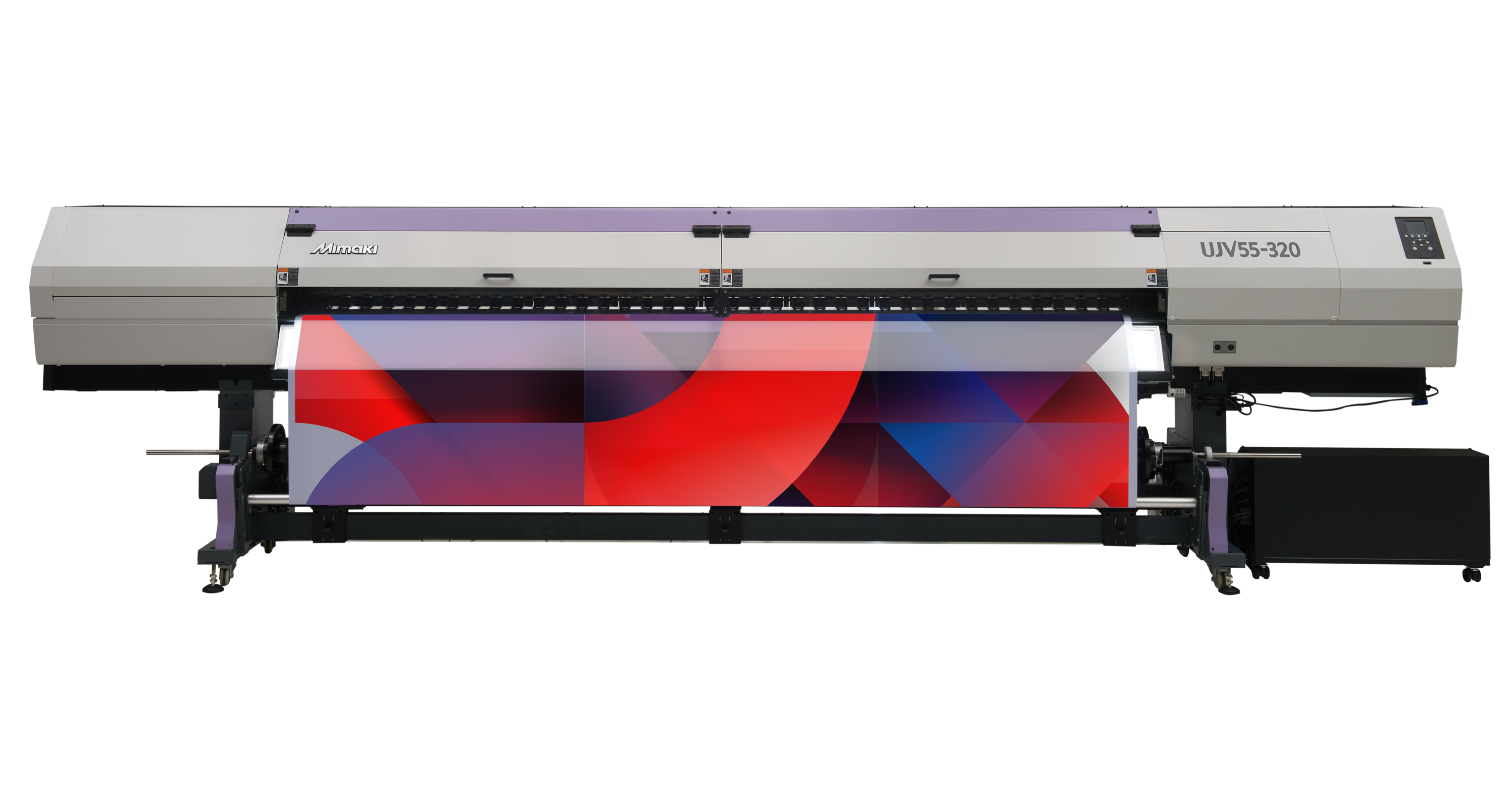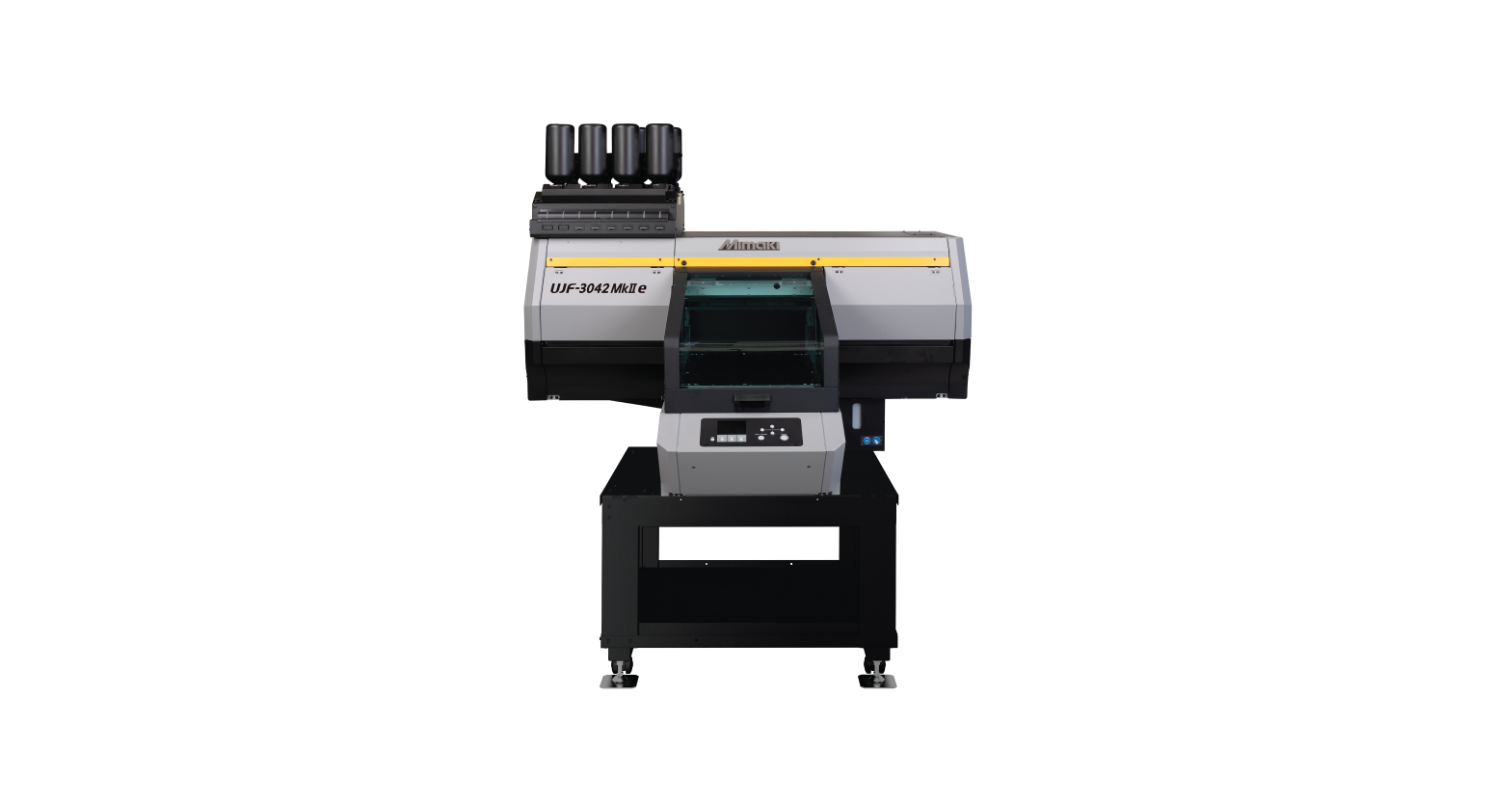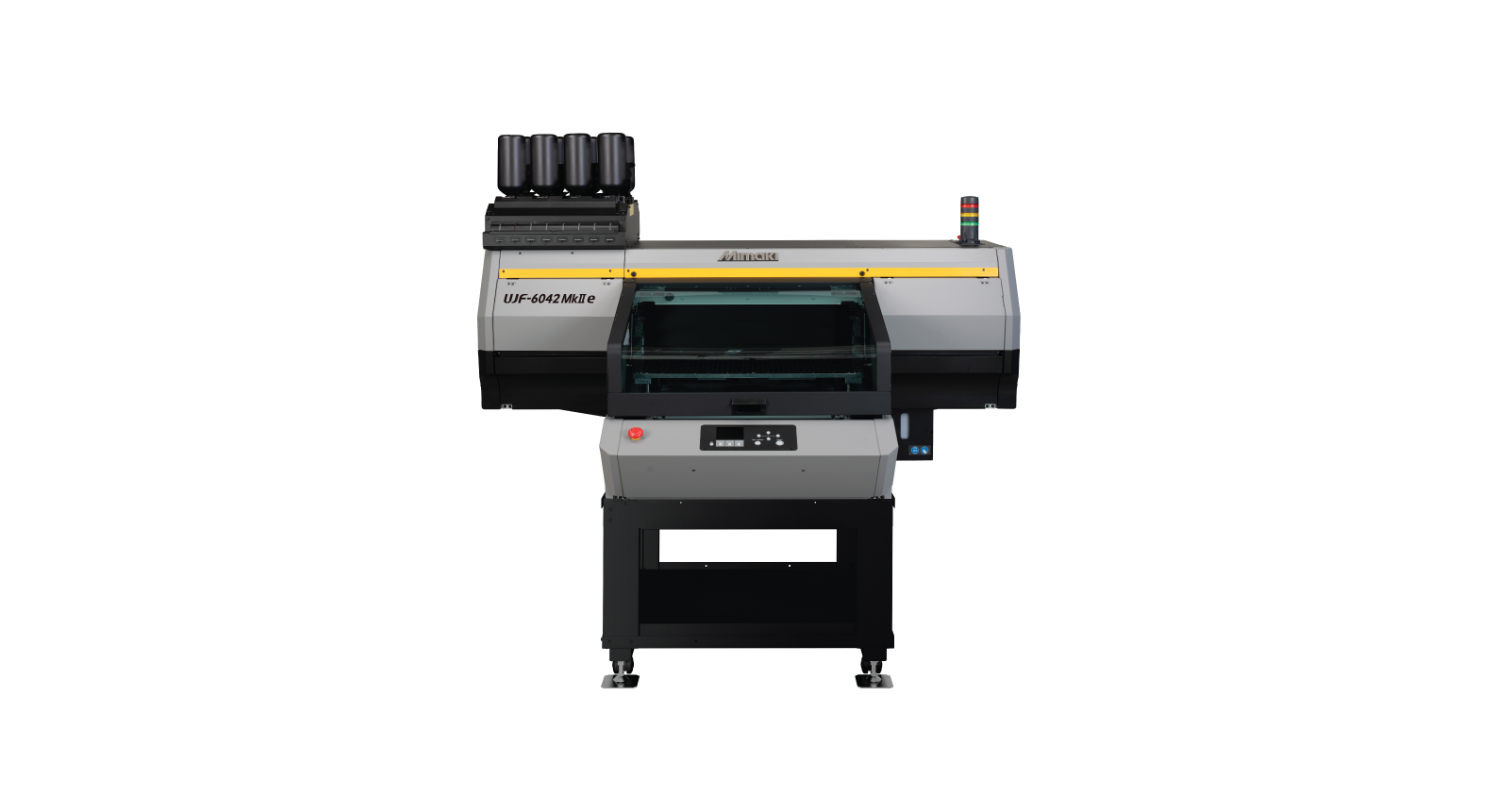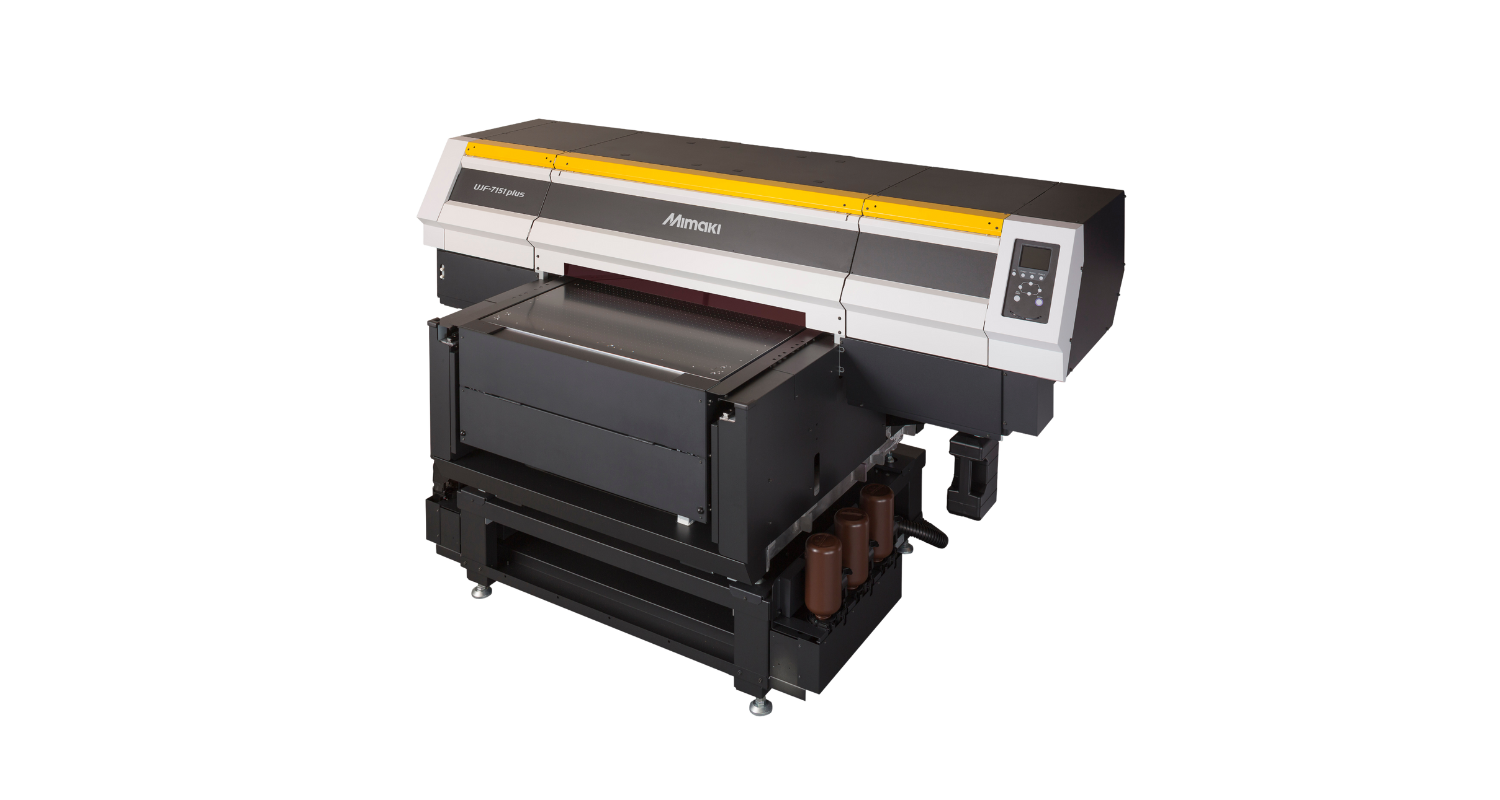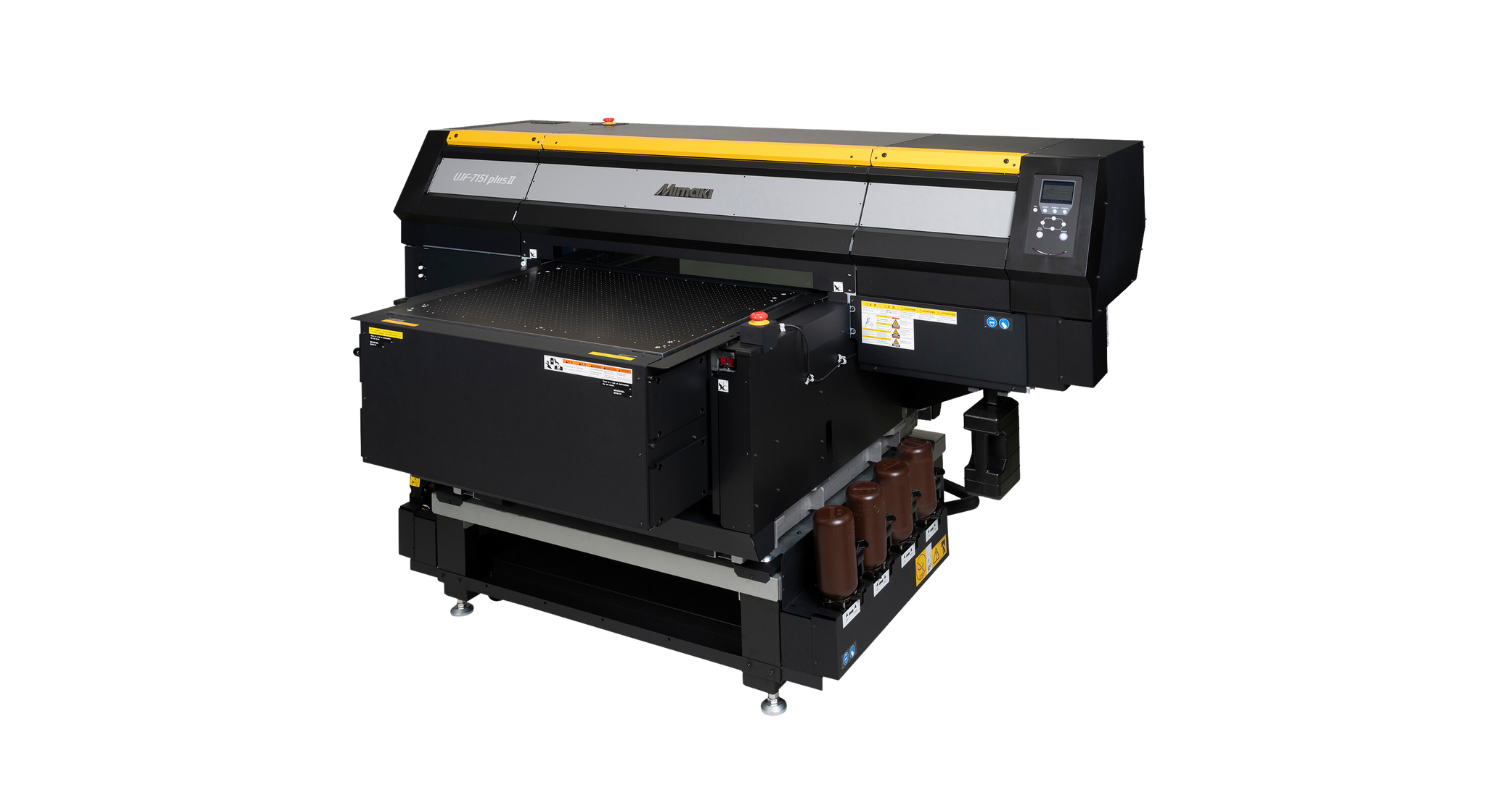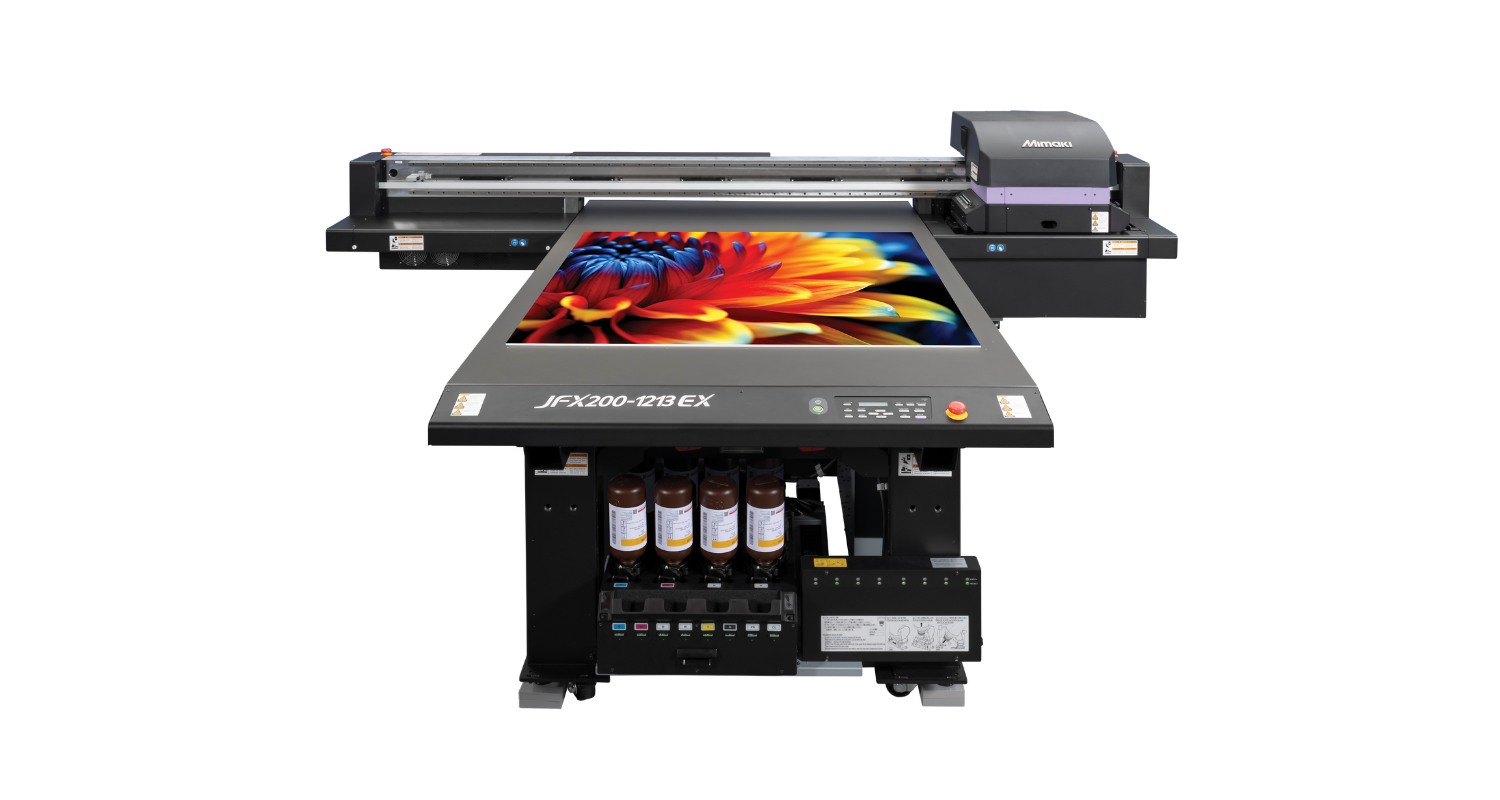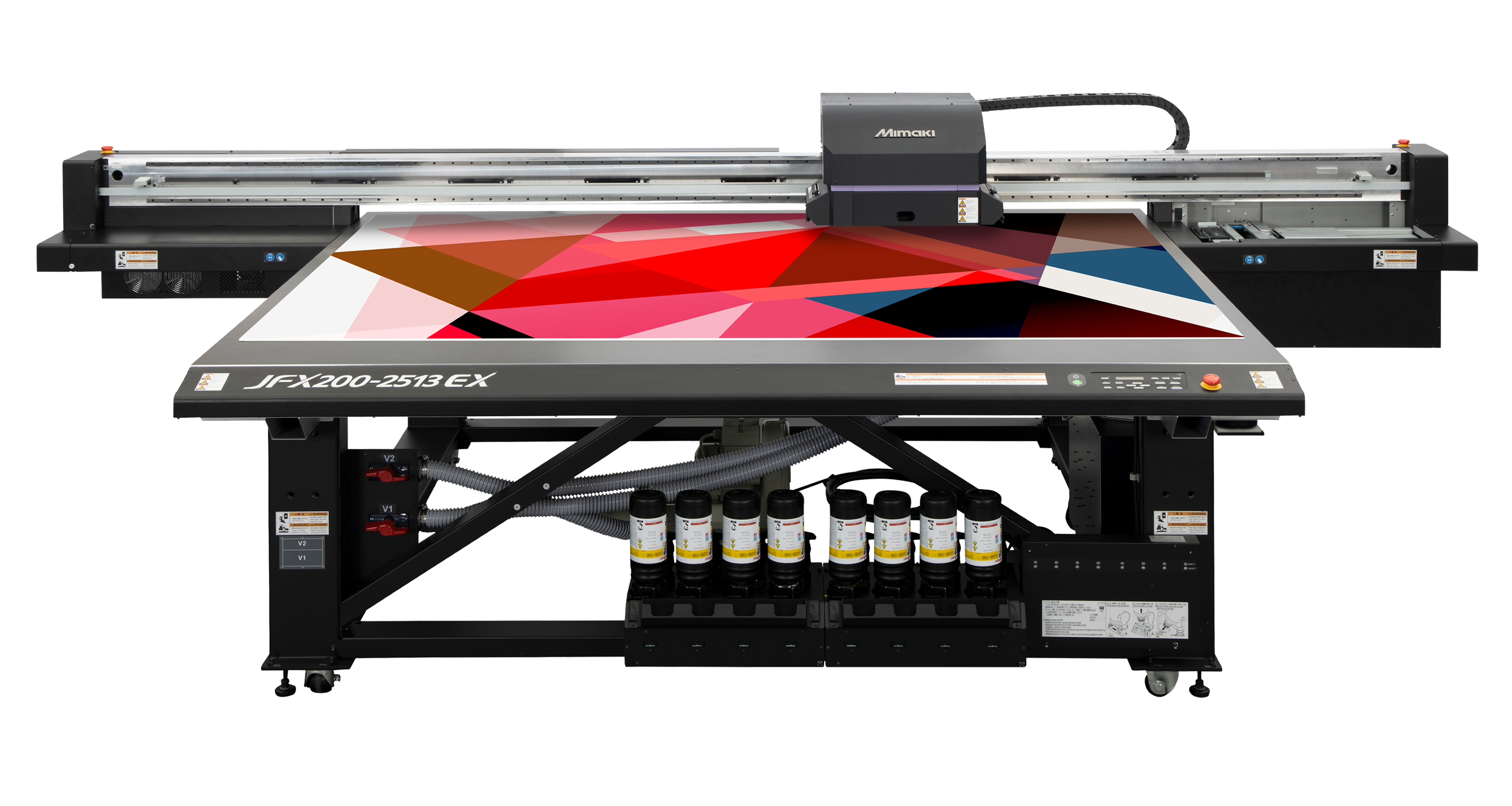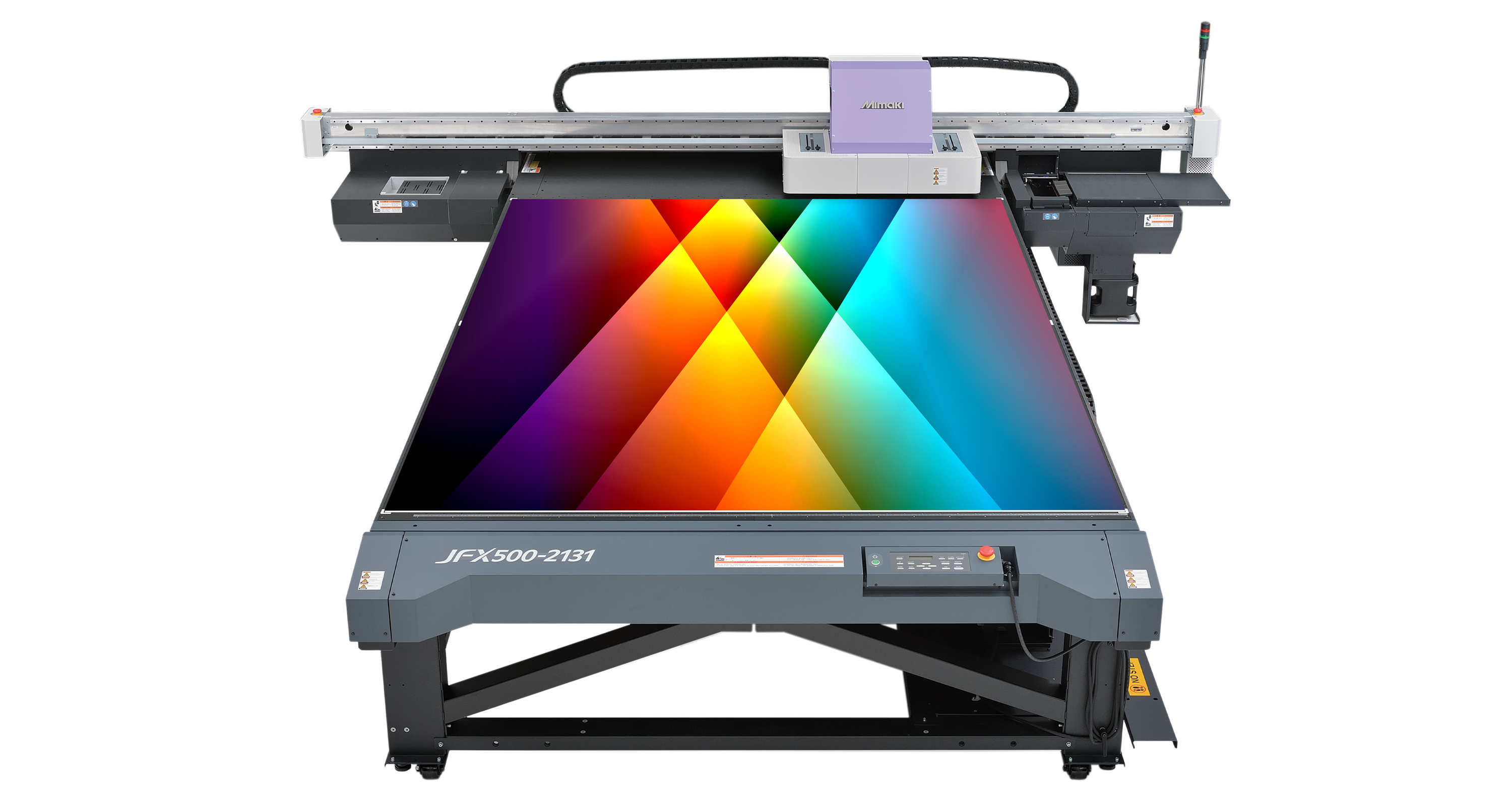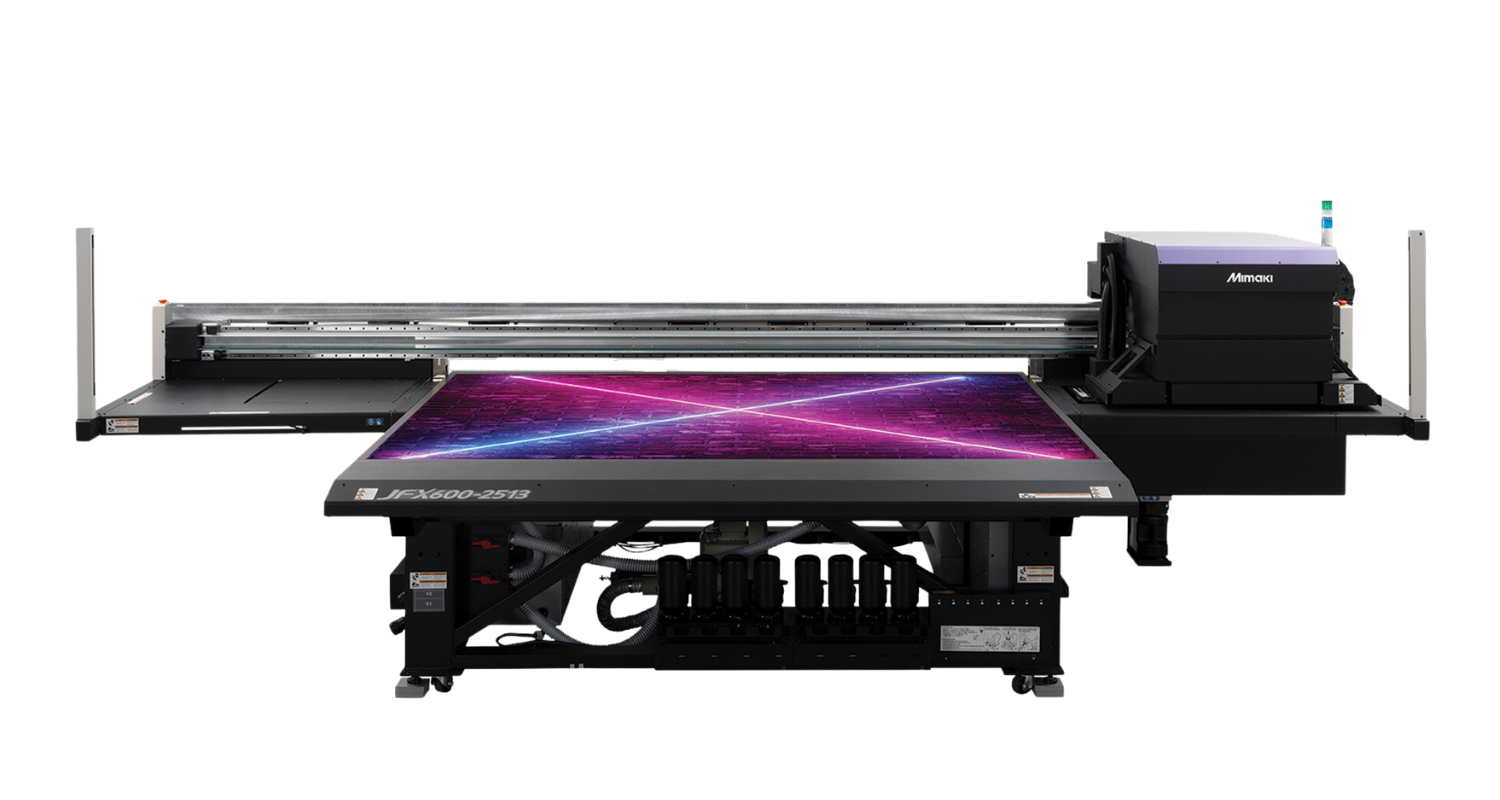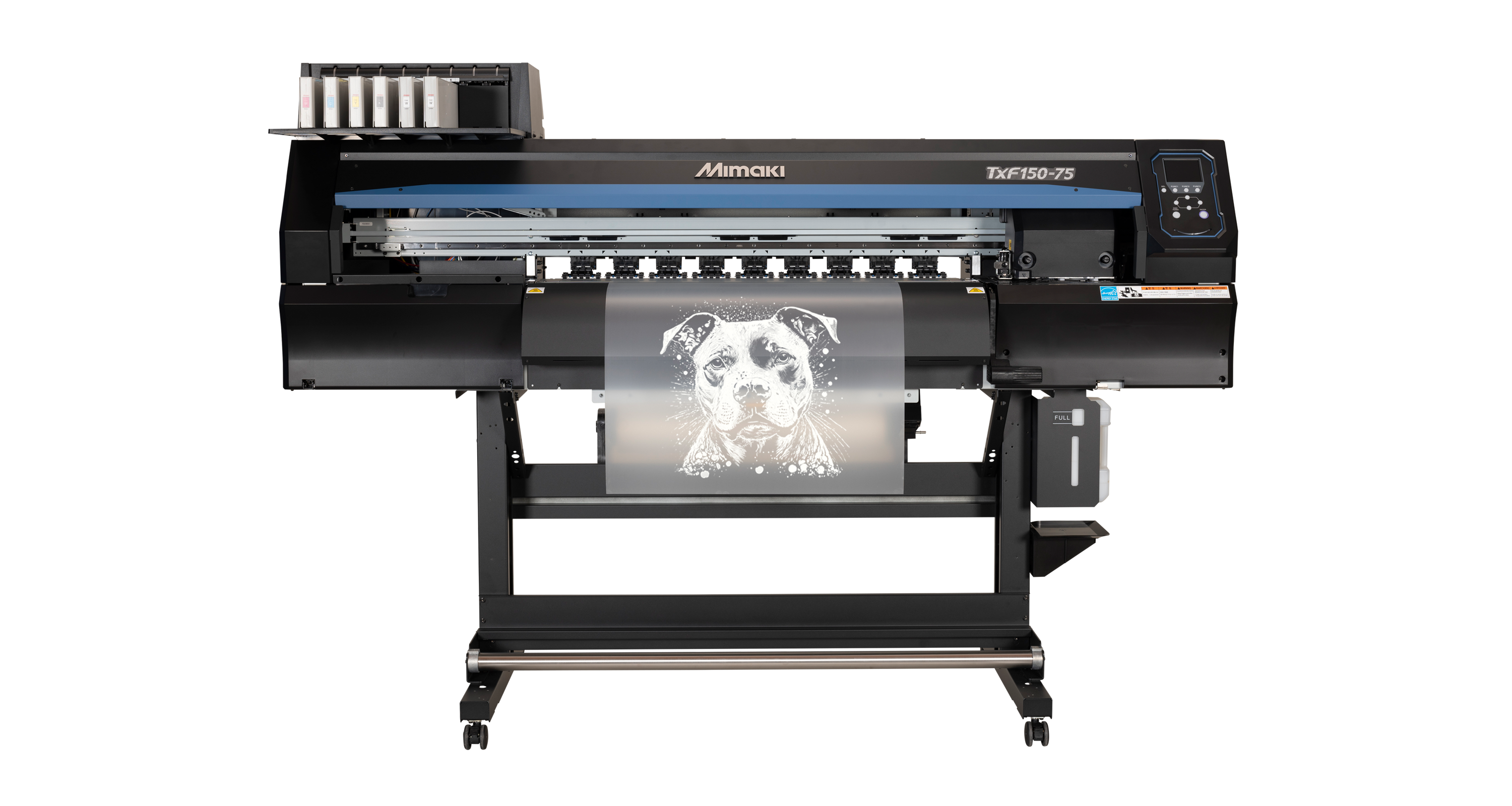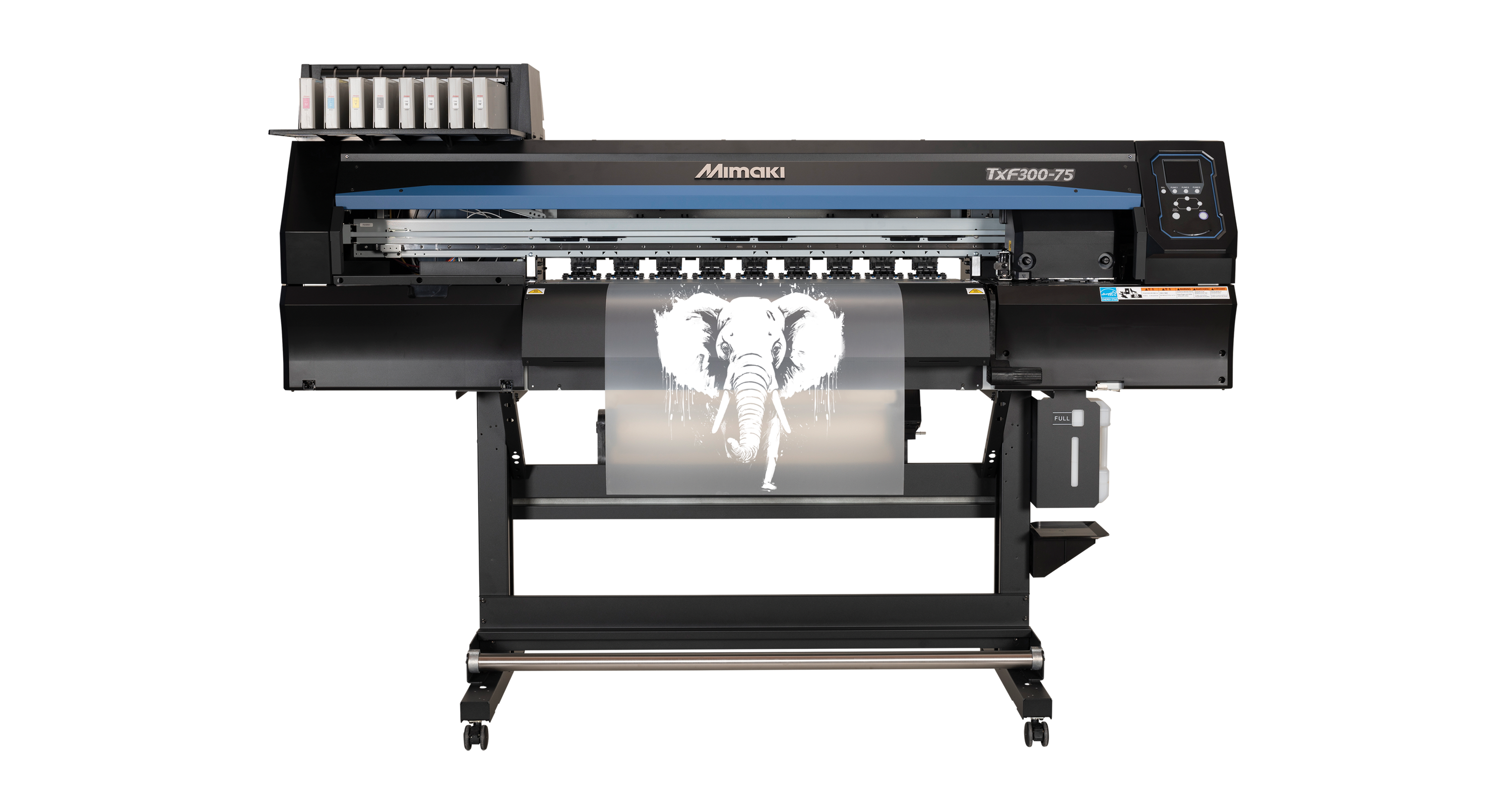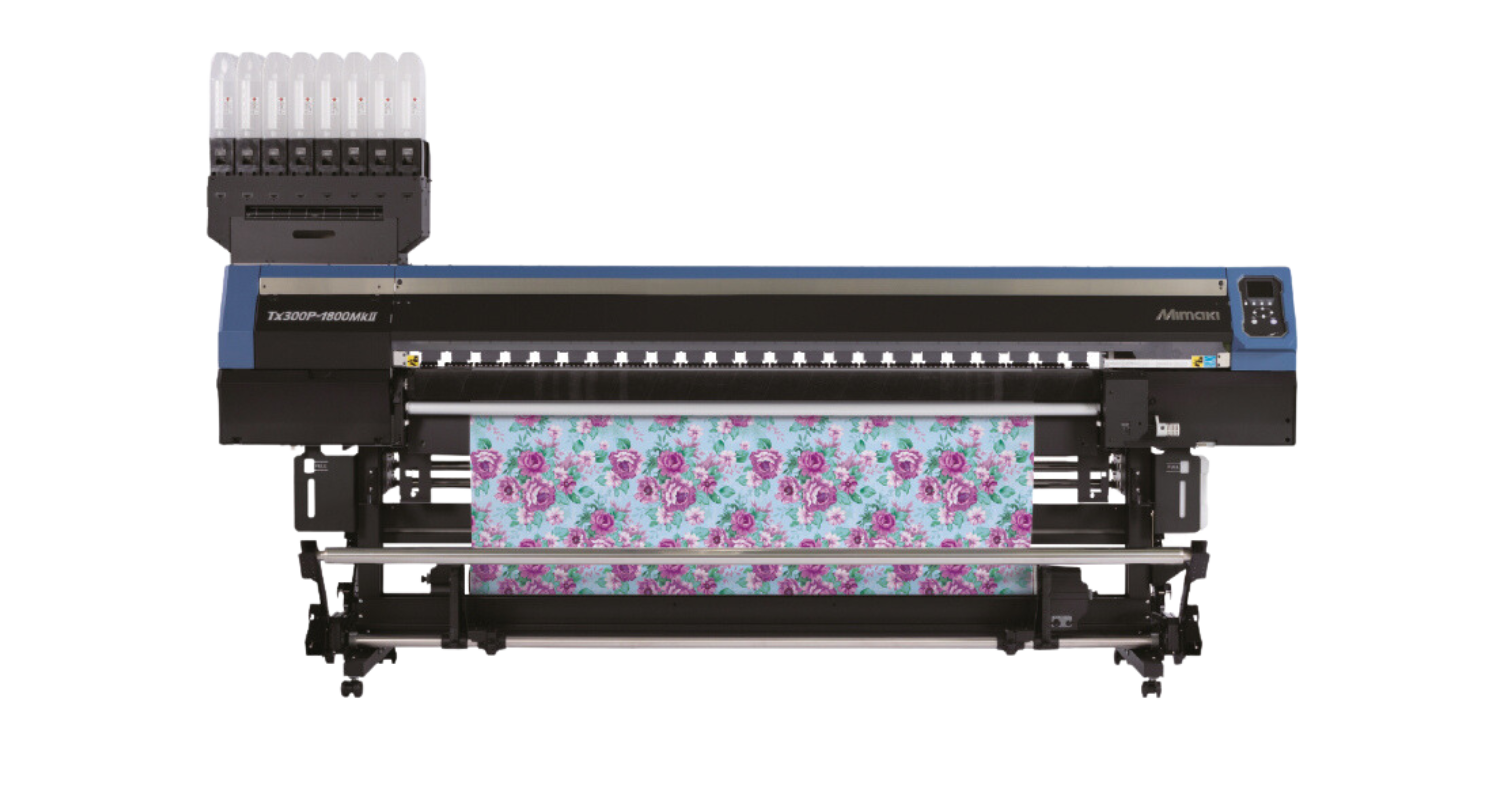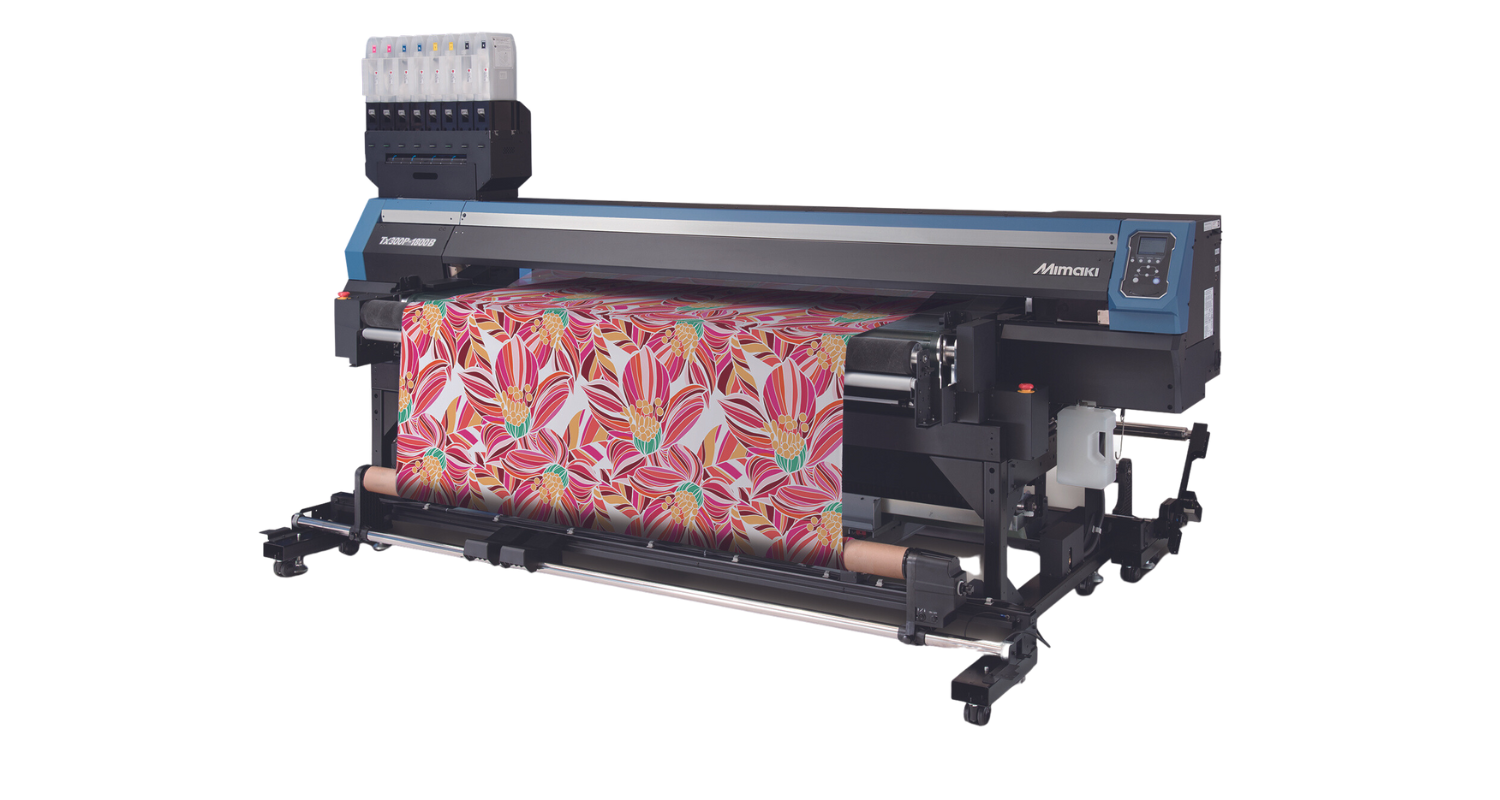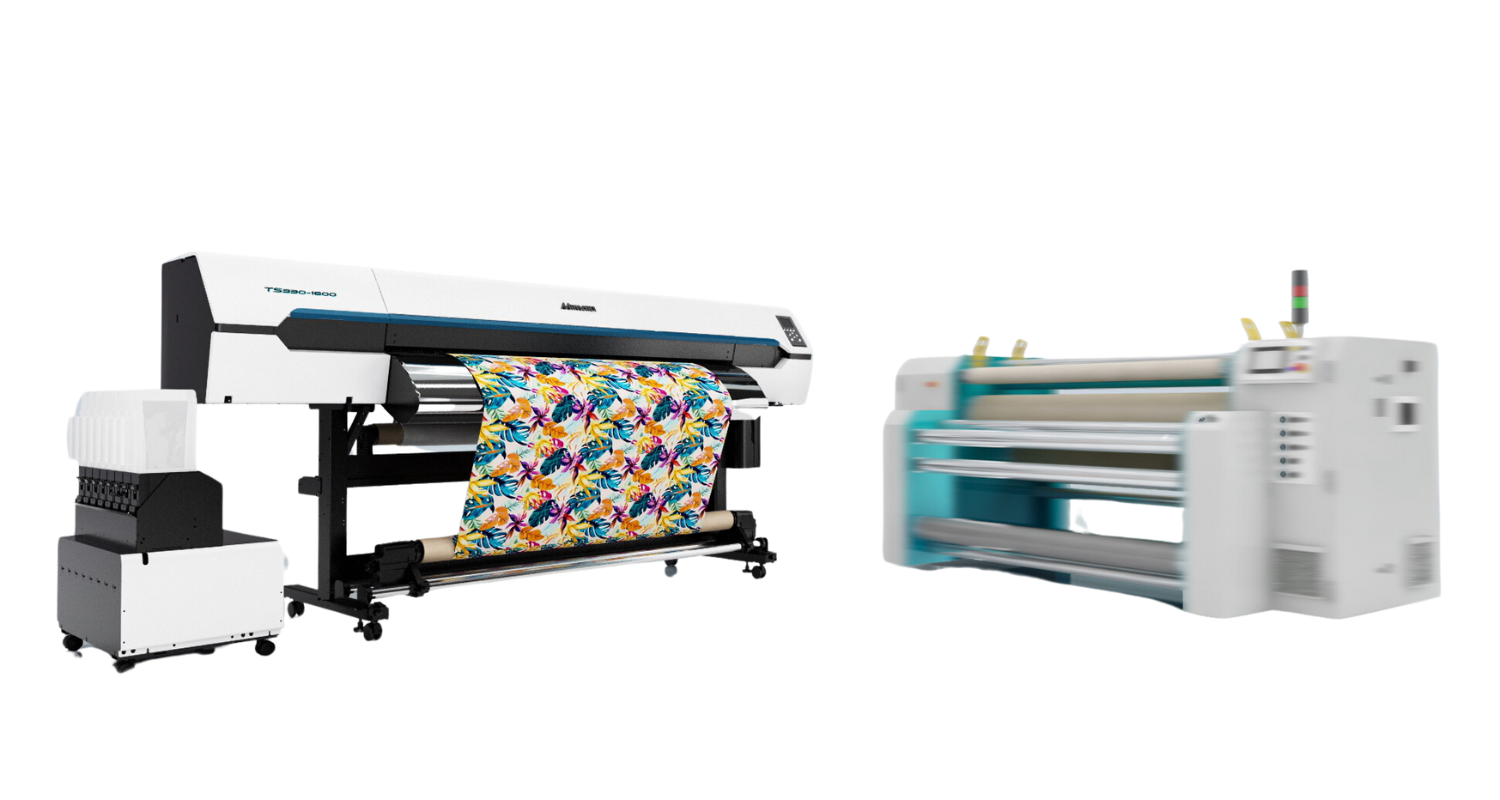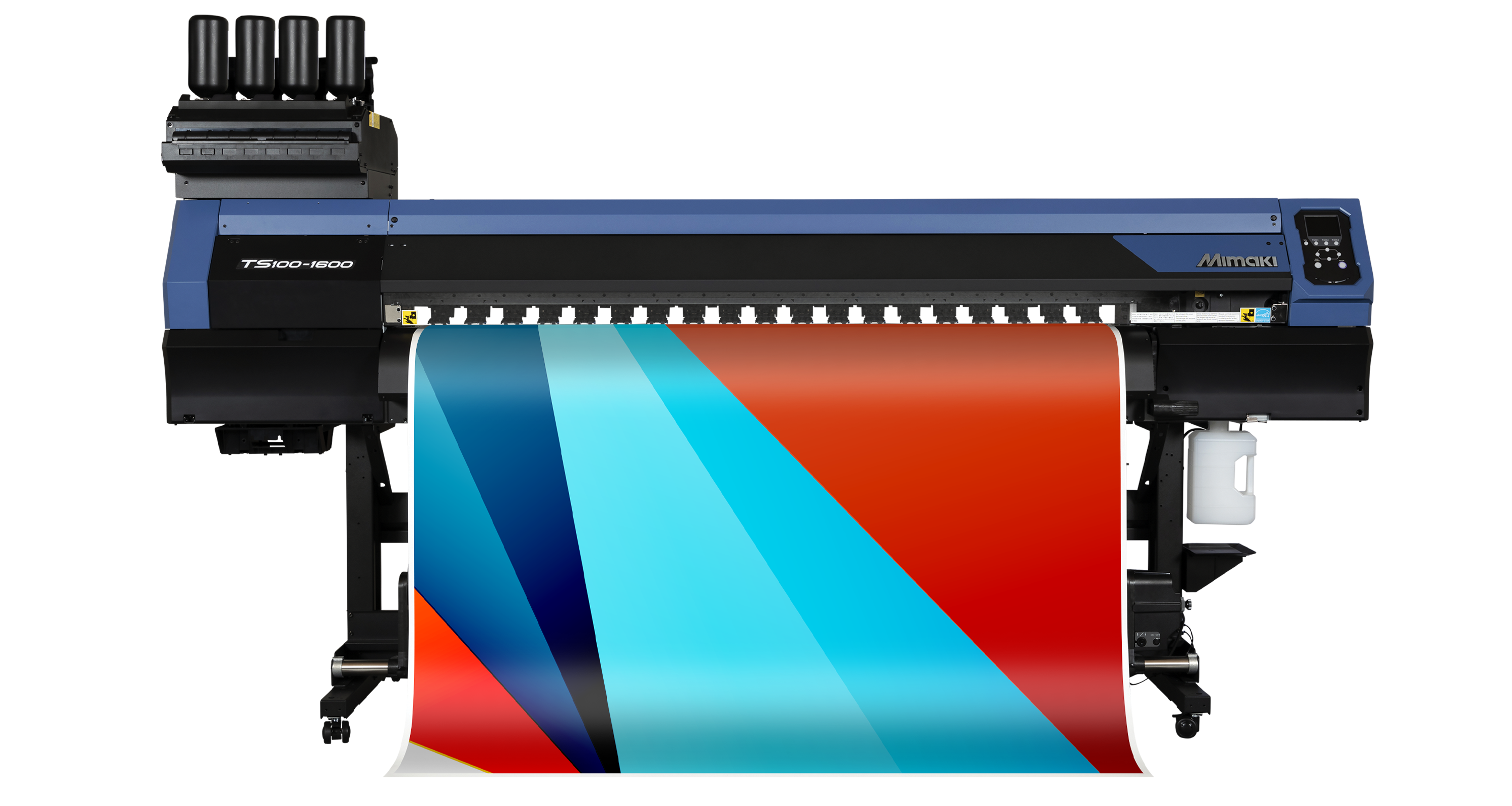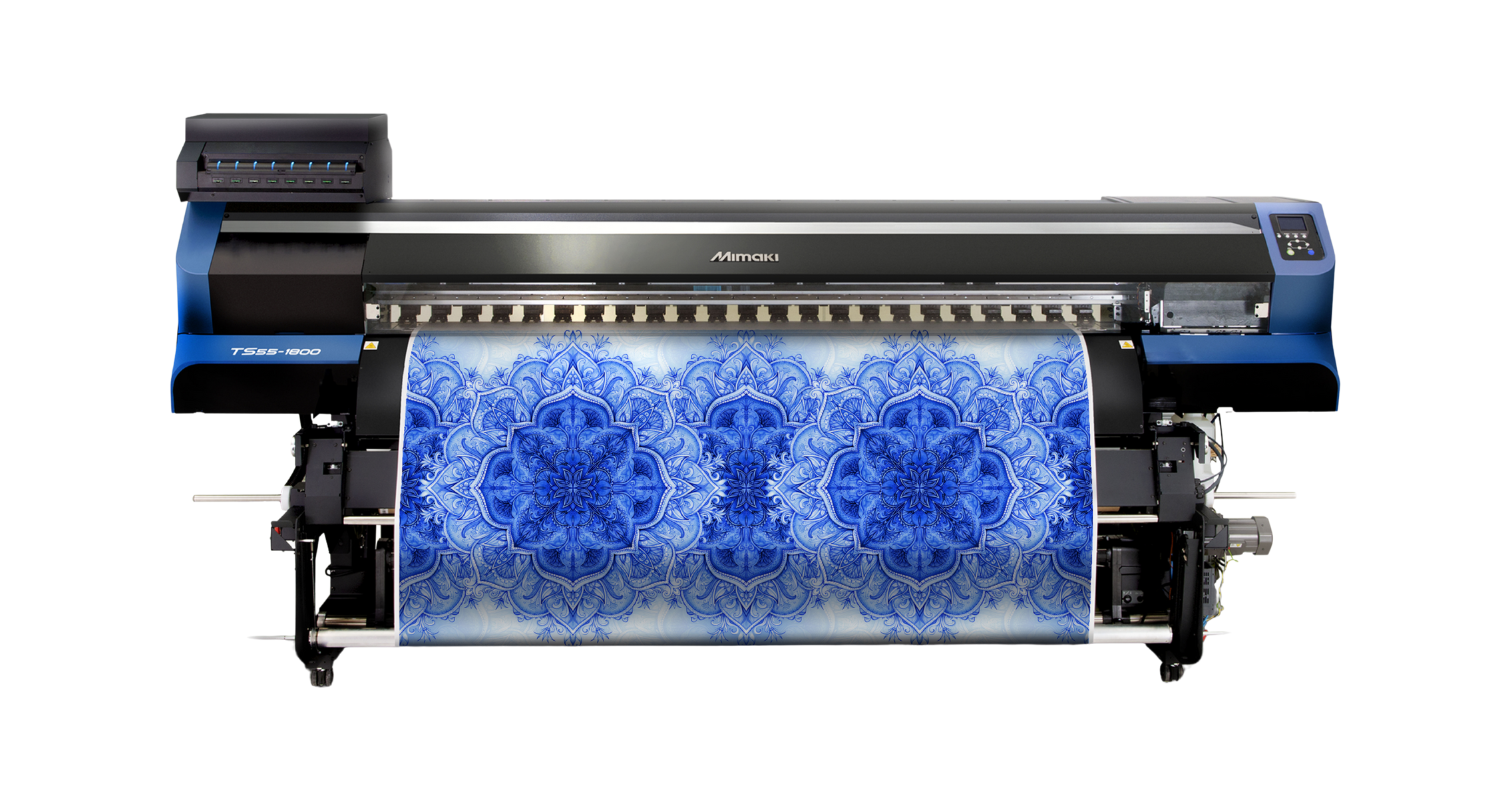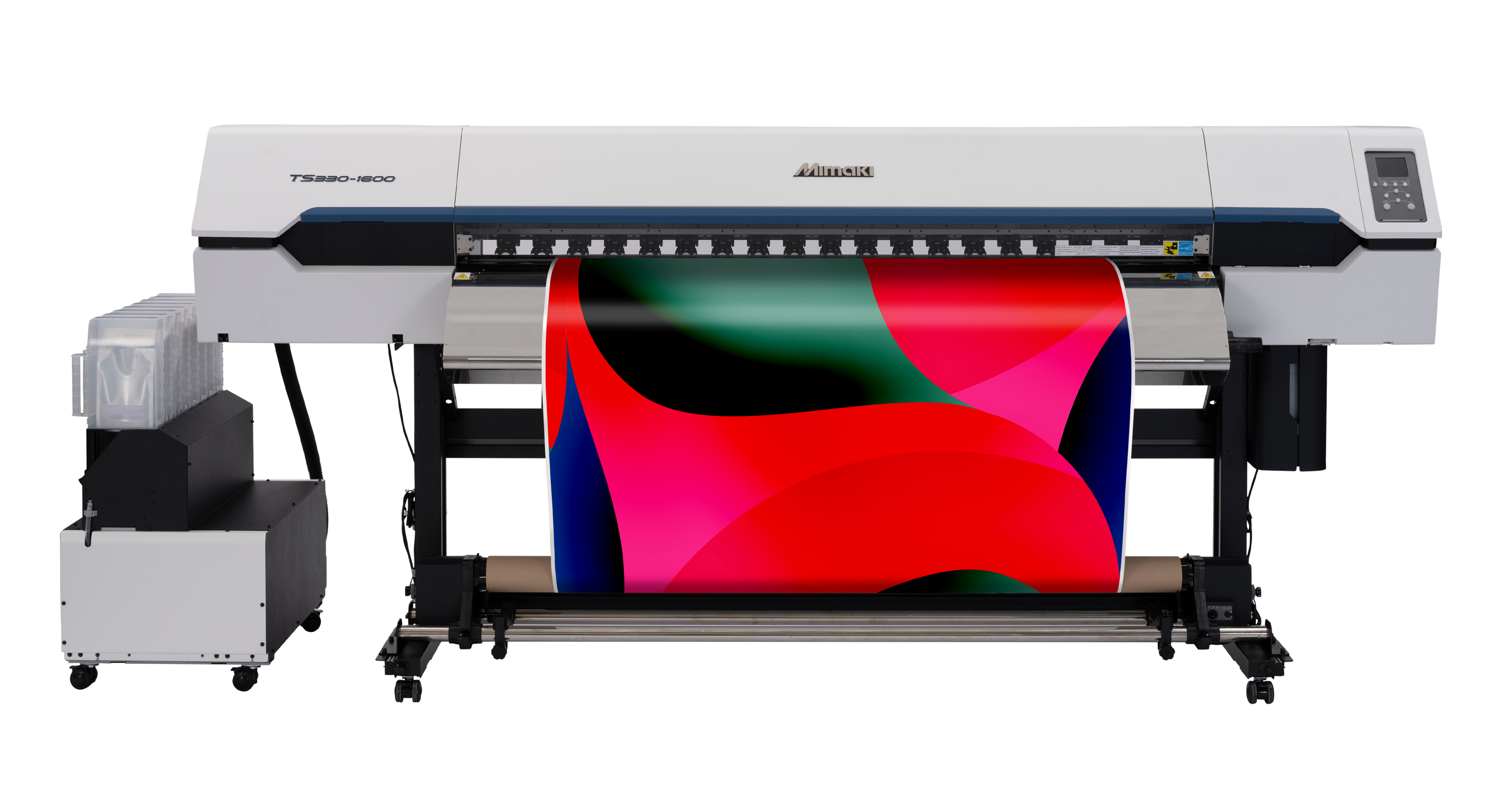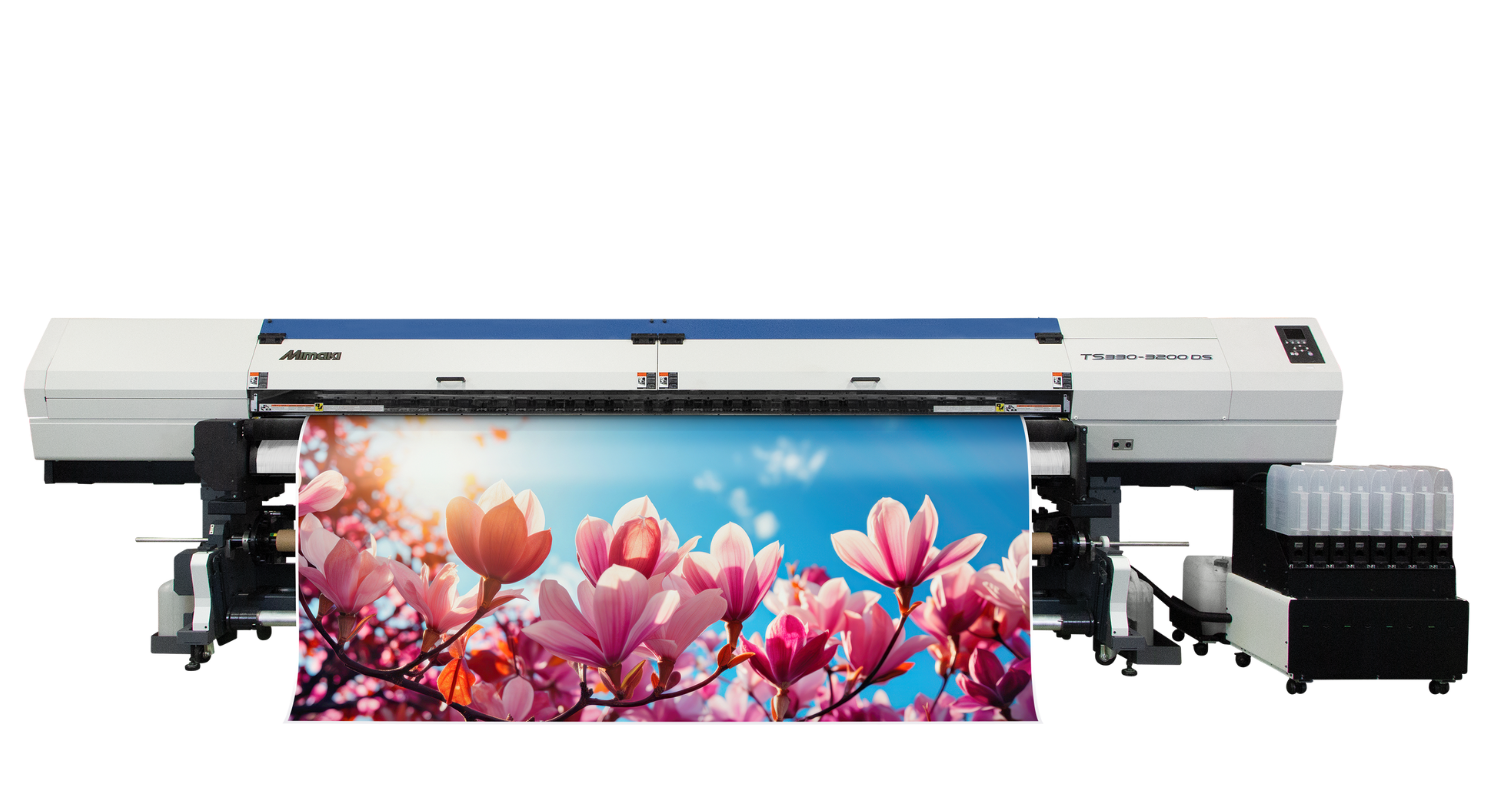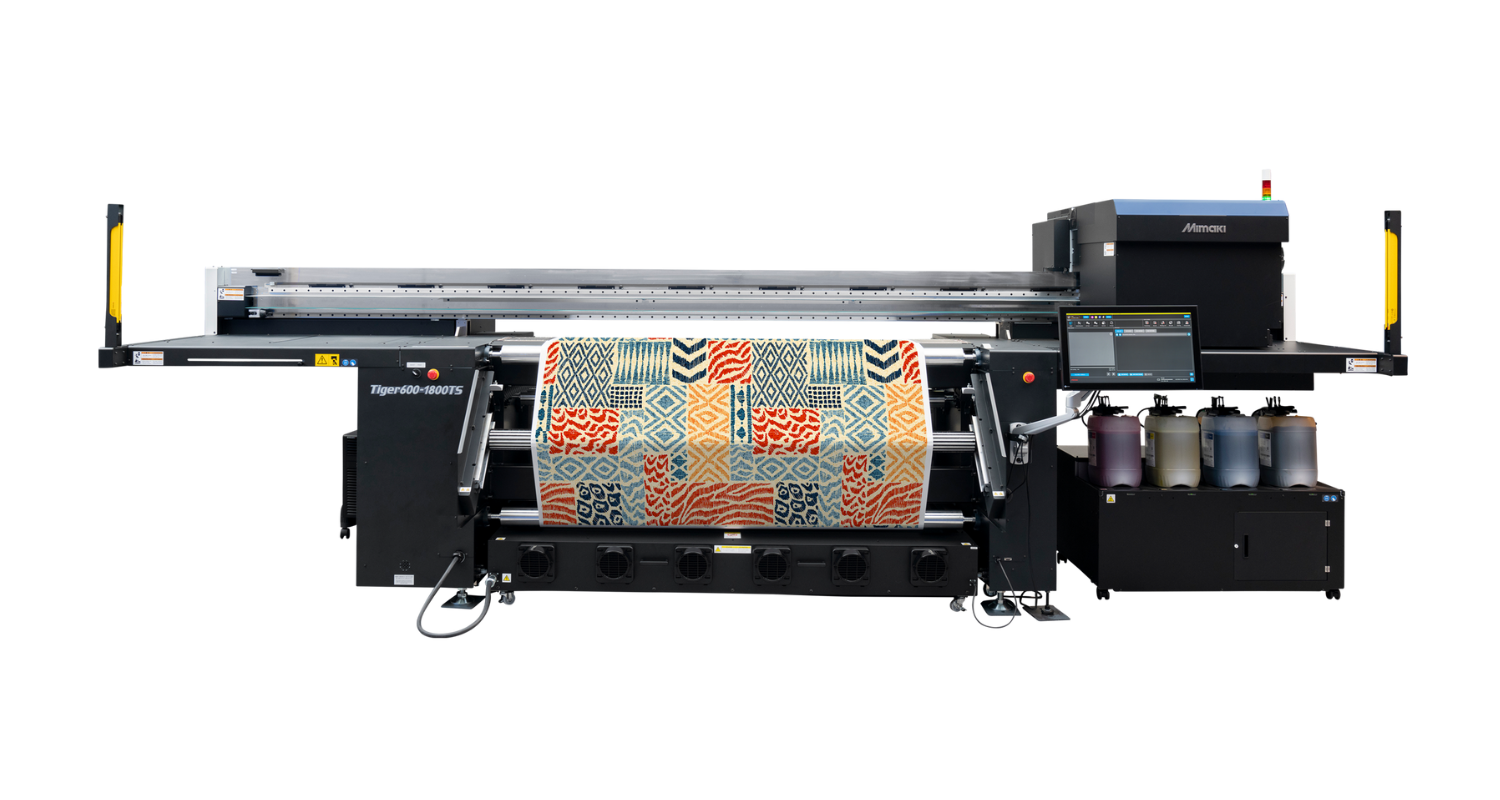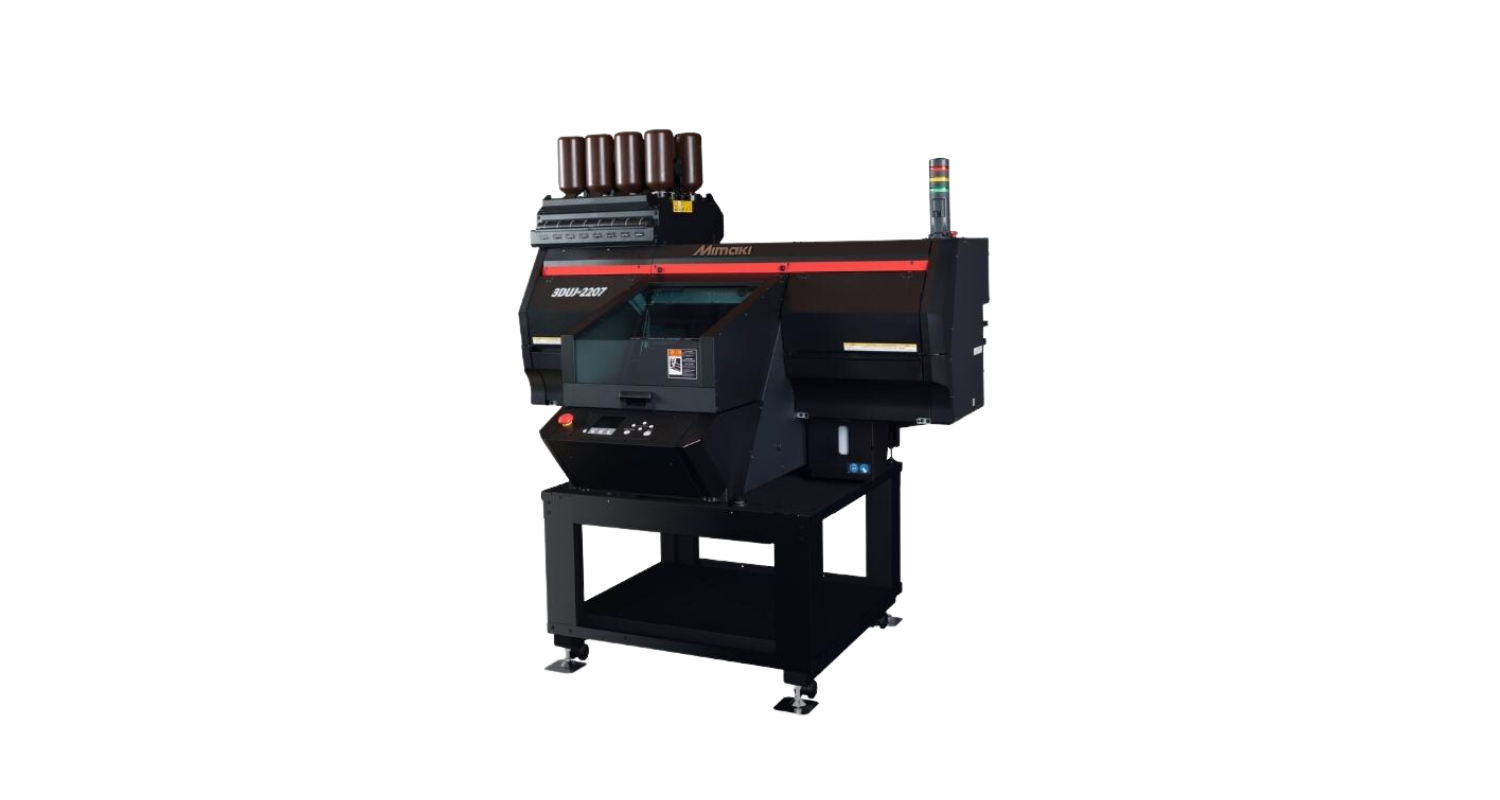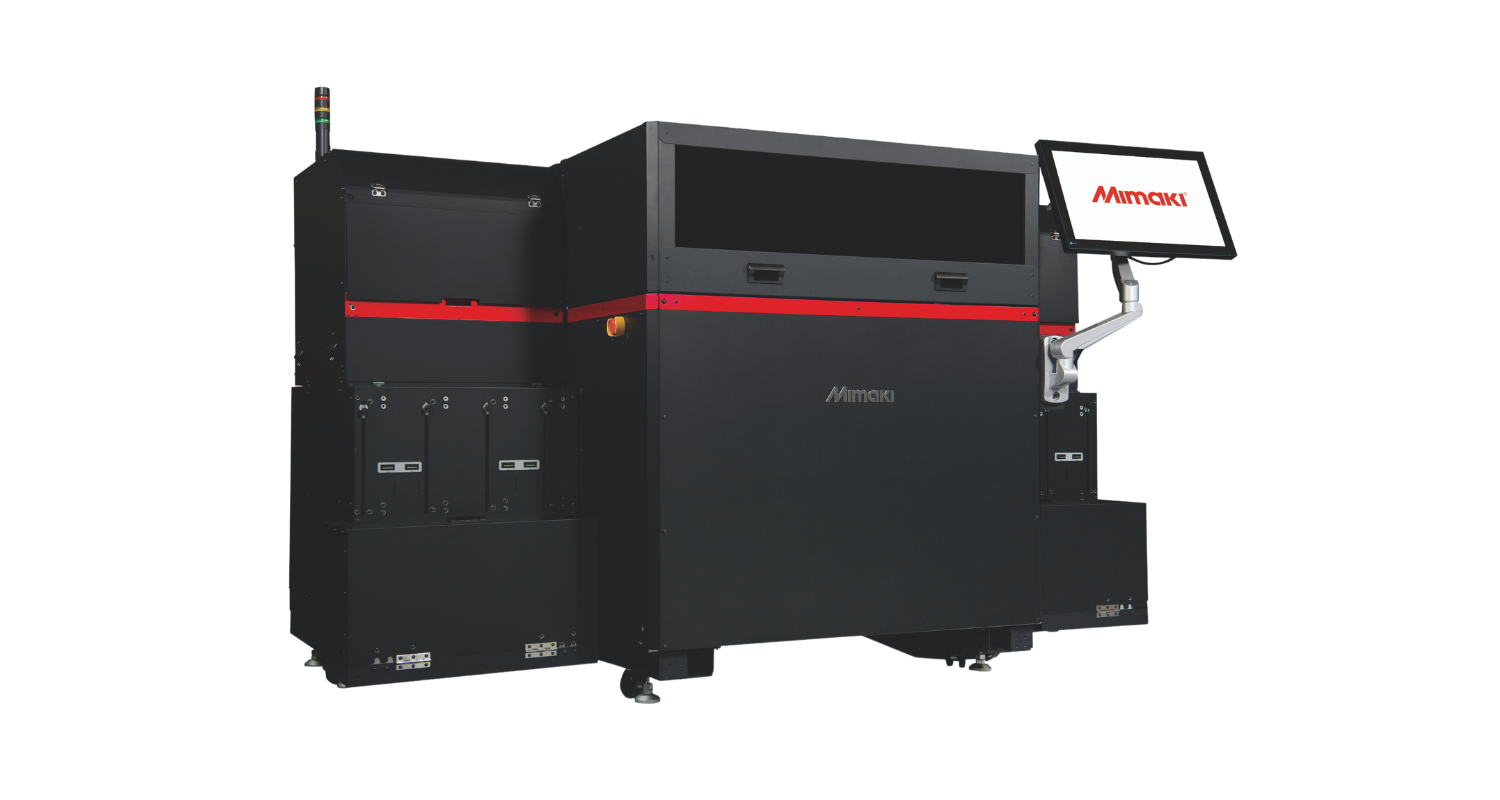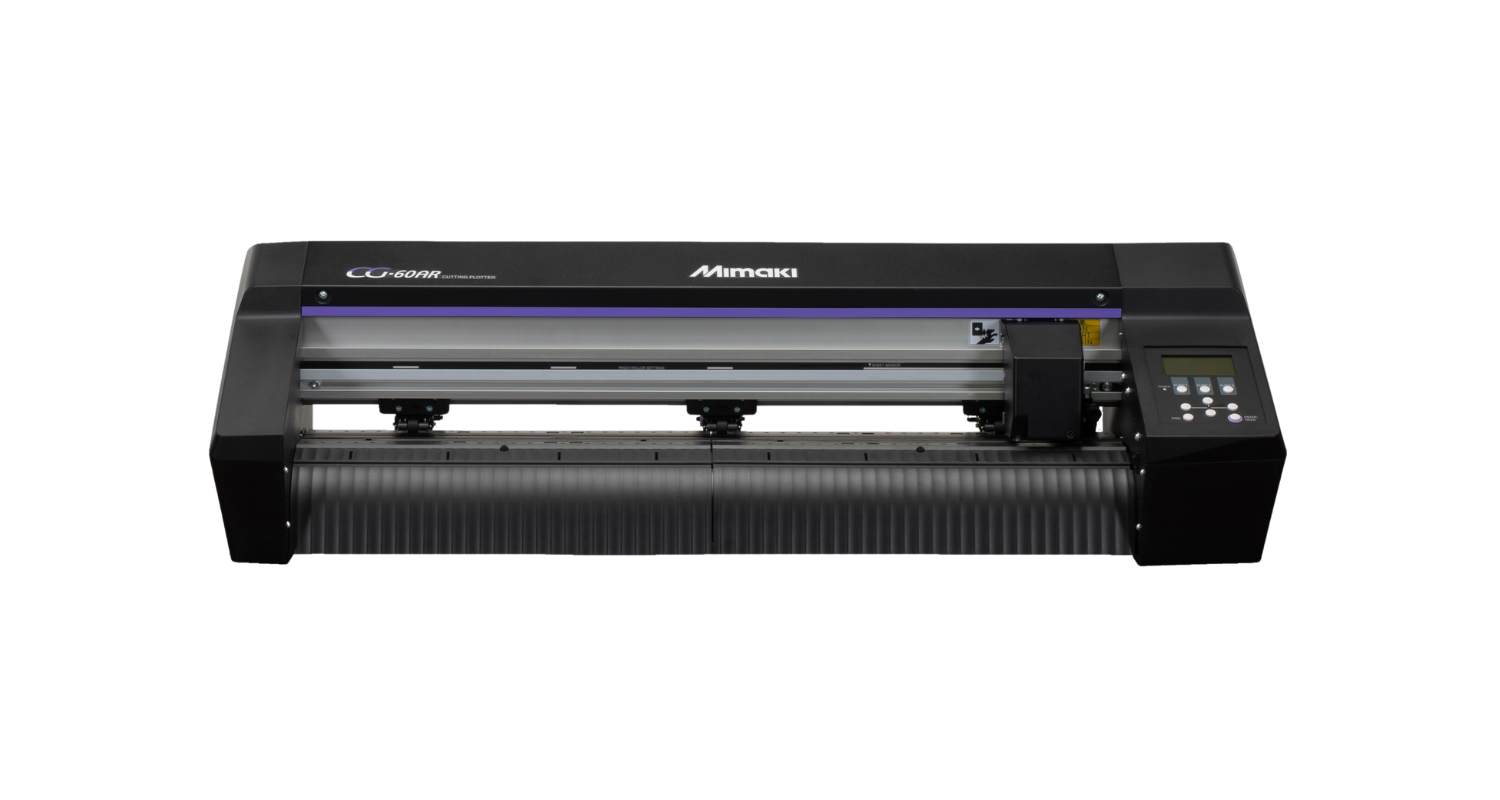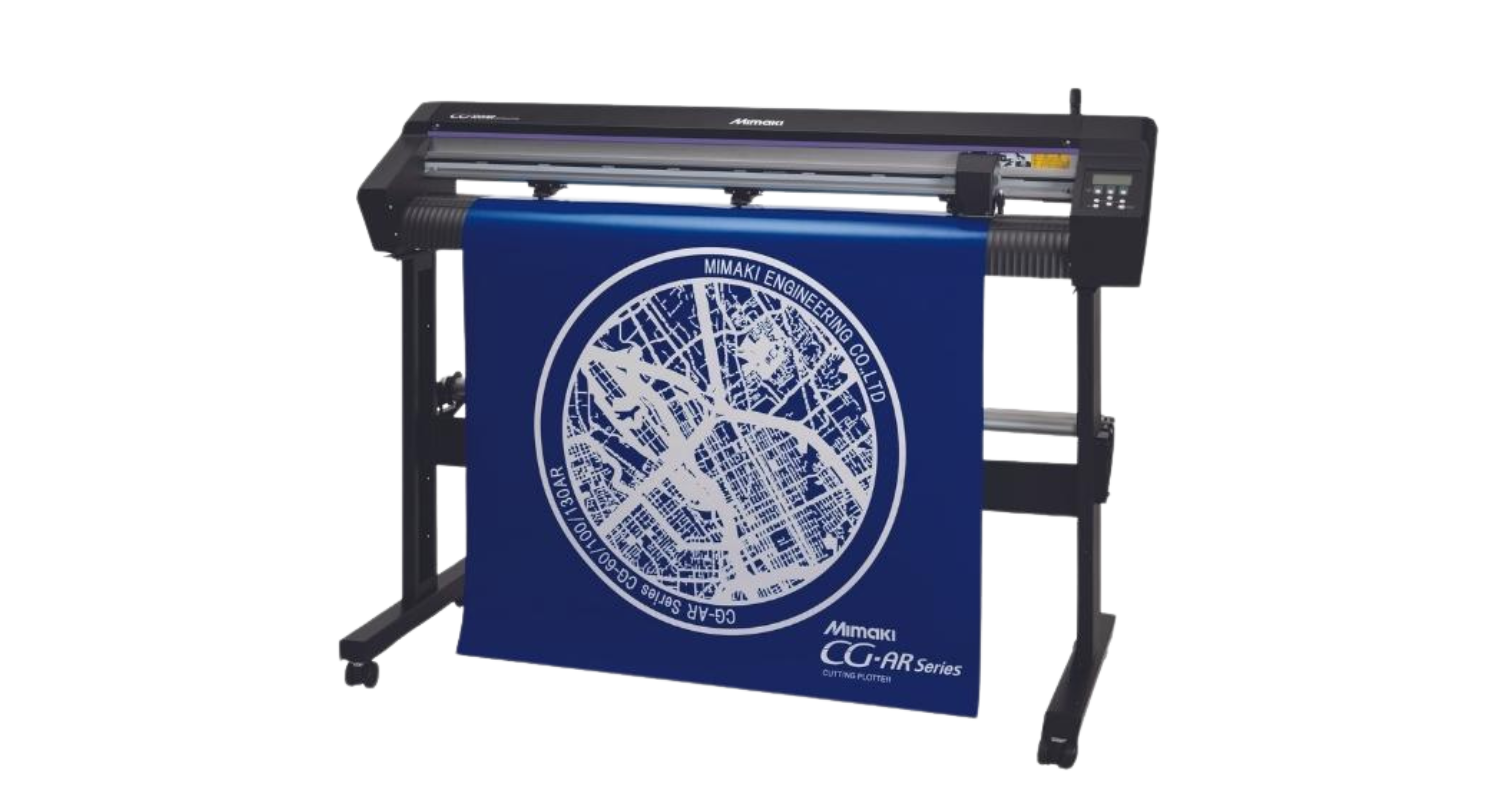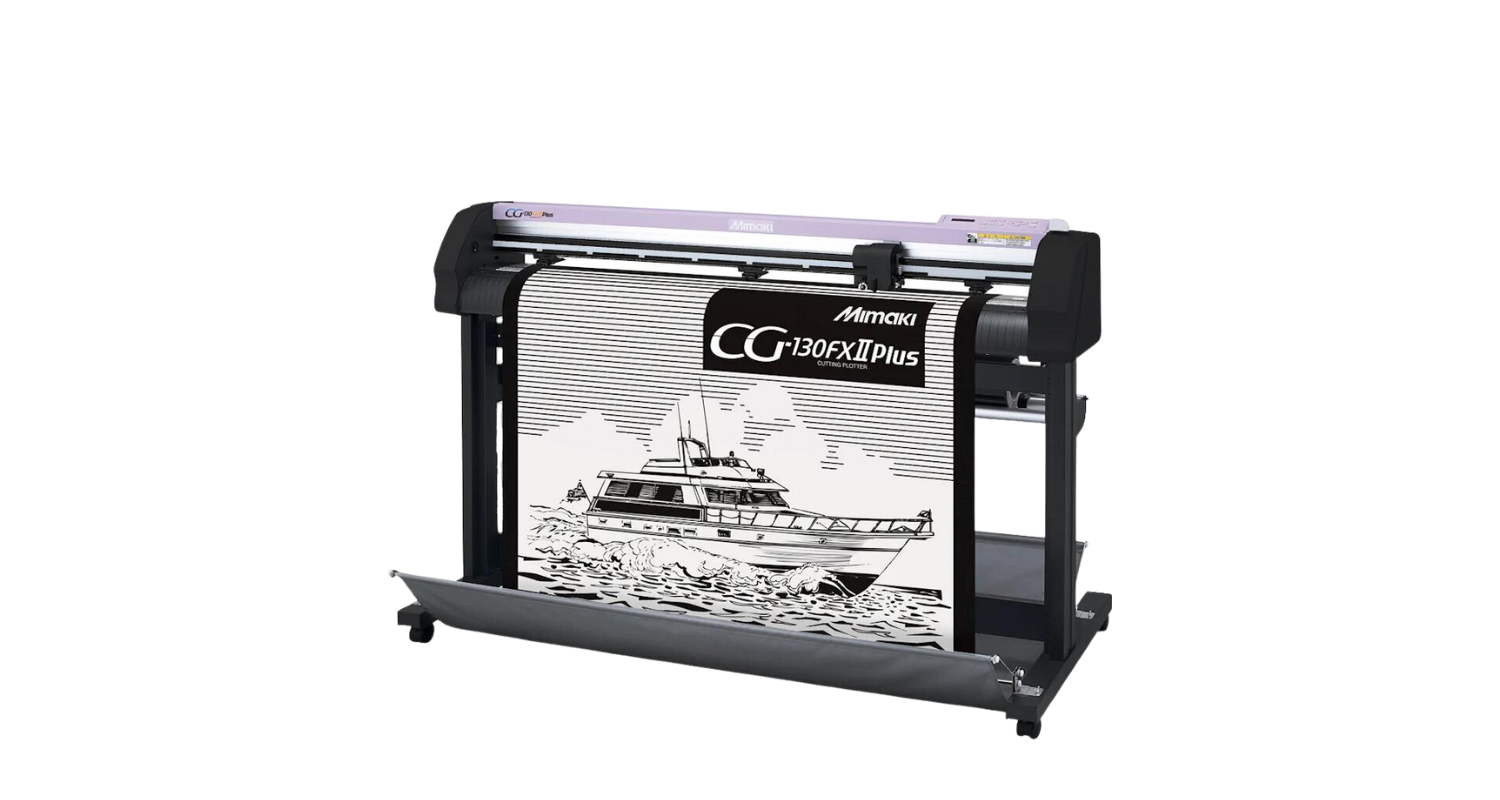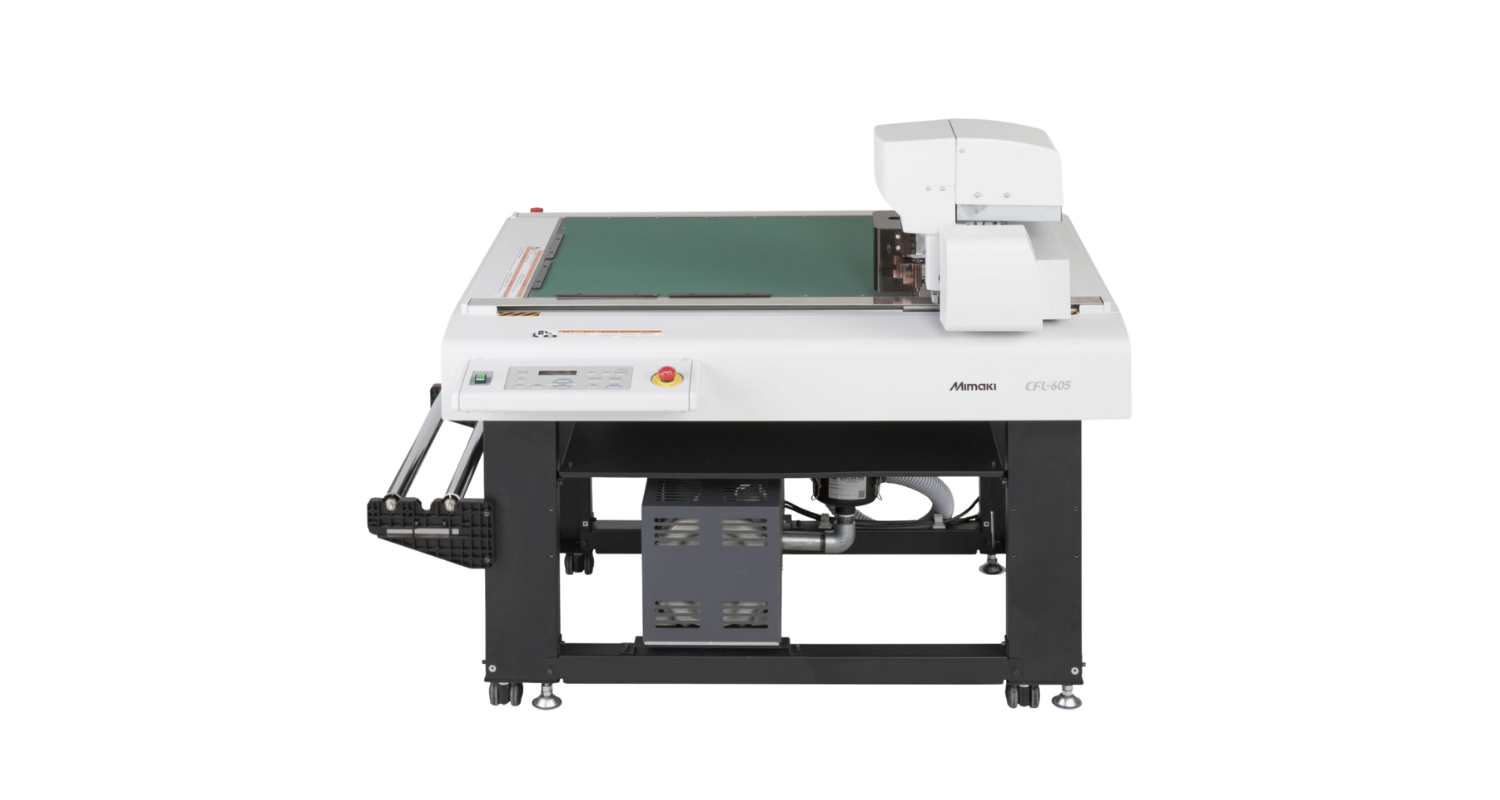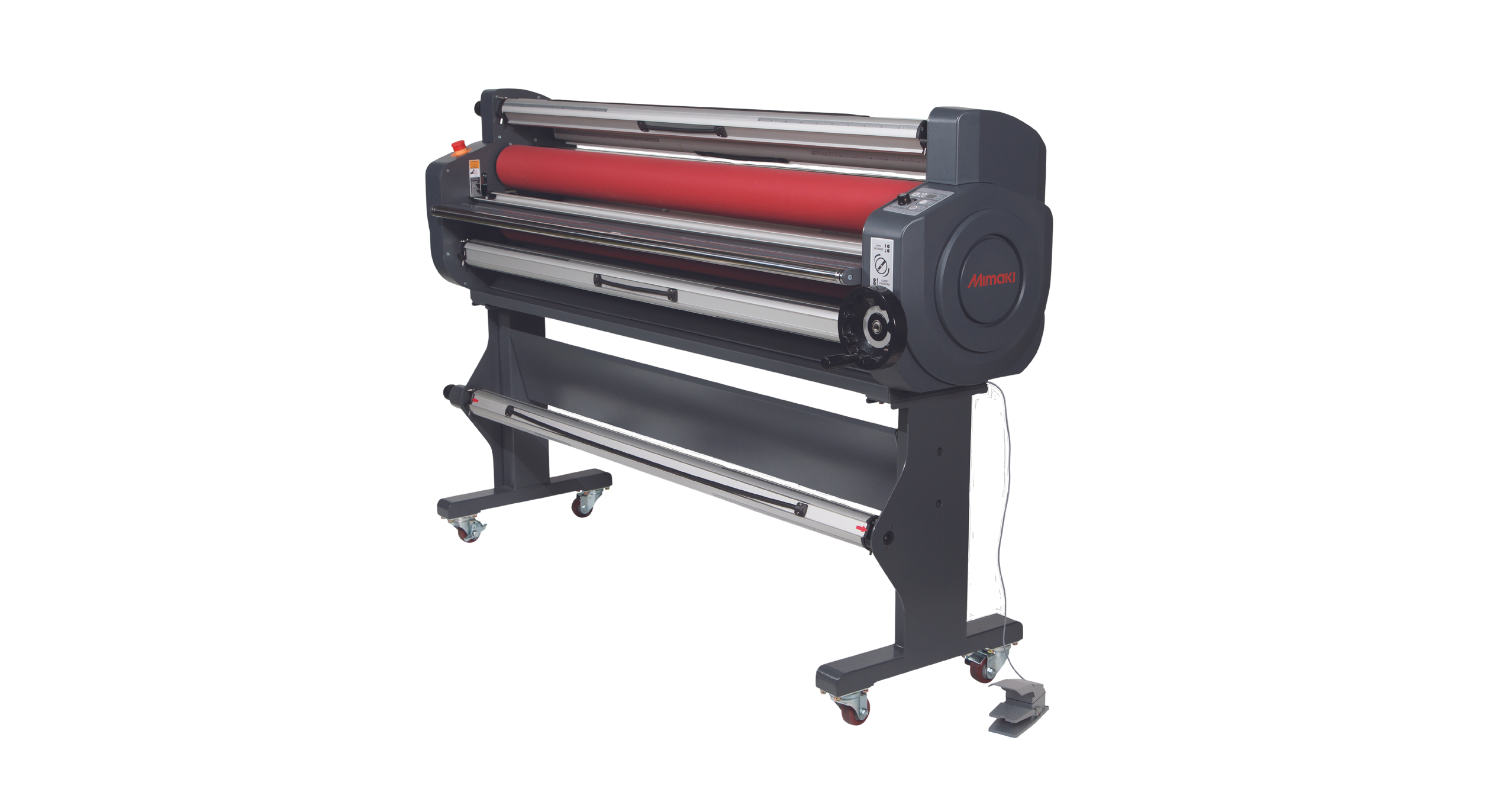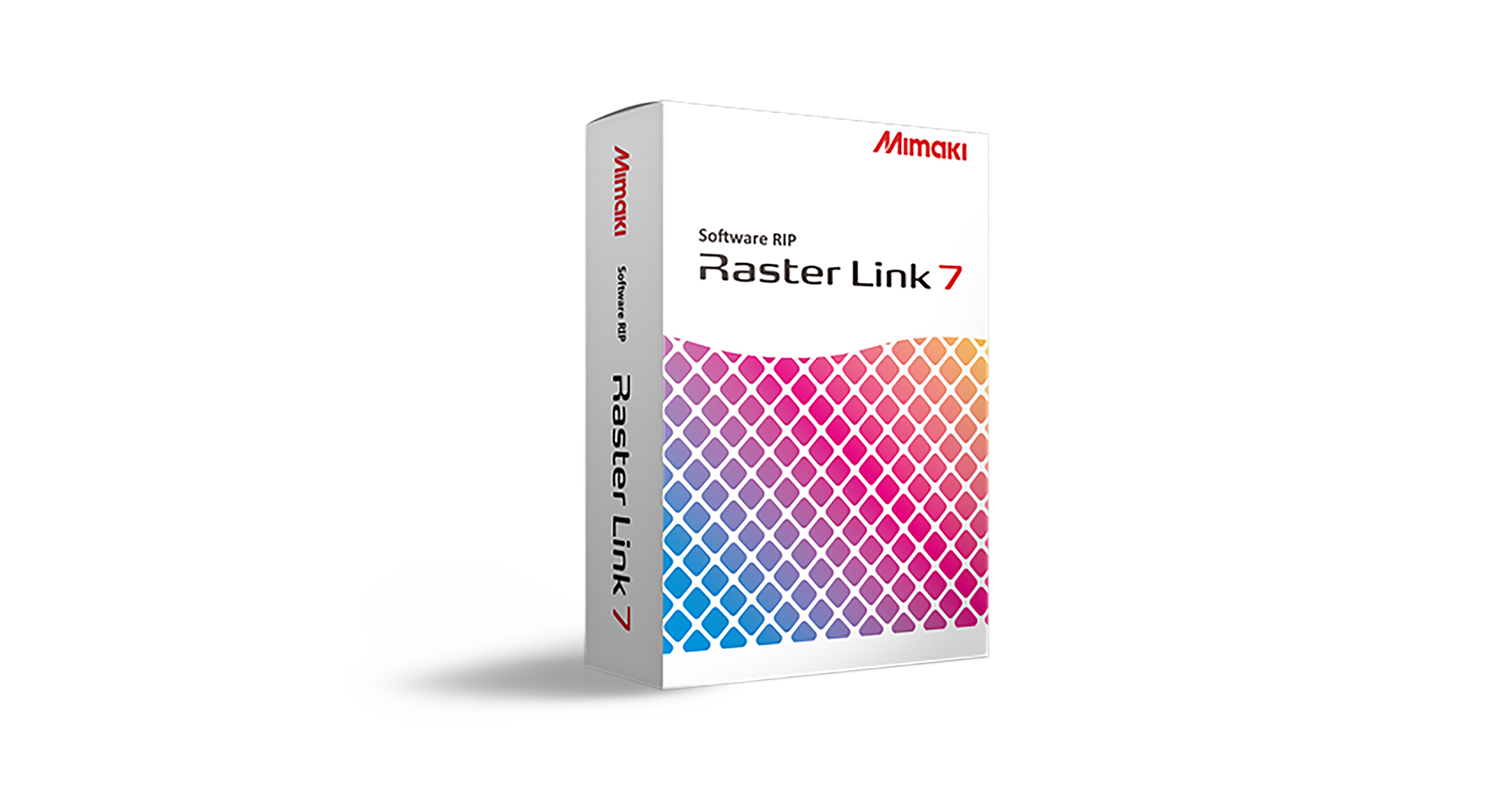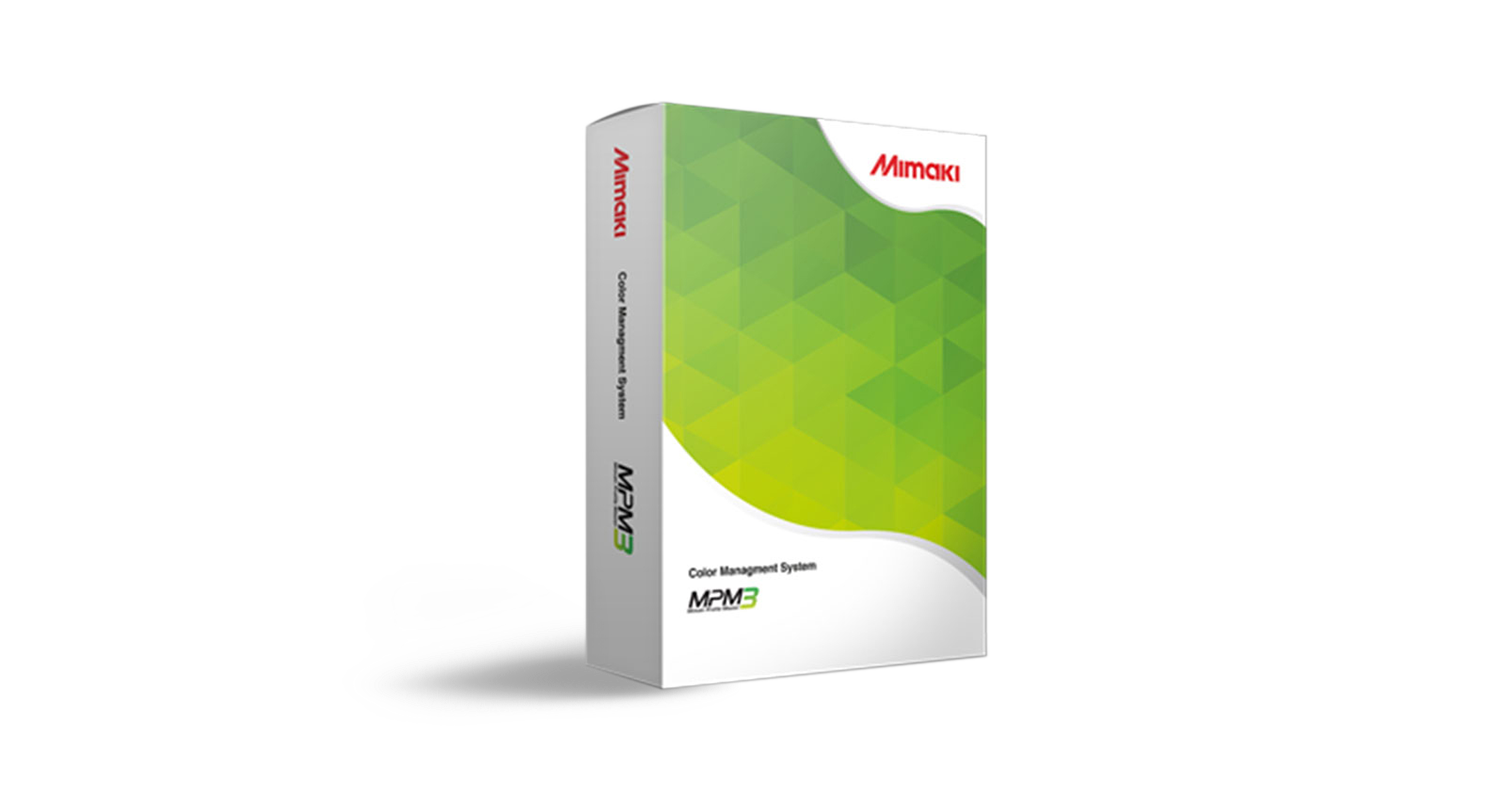Bringing desert landscapes to London with Mimaki digital printing
When architects and designers Tomaso Boano and Jonas Prišmontas, owners at London-based architectural firm Boano Prišmontas, were asked to exhibit their landscape installation, Alphabet, at Crate Brewery in Hackney, they initially planned to stage an existing project. However, after visiting the space, they were inspired to push the boundaries of creativity at the venue. The traditional white brick walls of the brewery – normally used as a blank base for hanging small pictures or paintings – could be turned into large windows on an infinite landscape to take the experience of urban Londoners to the next level. Only one piece of the puzzle was missing: how to decorate such large walls with 1:1 scale landscape pictures? The solution came from Mimaki EMEA who produced the prints in their Amsterdam showroom.
Bringing landscapes into the city
It all started off in the headland of Dungeness, on the coast of Kent, South East England. “We aimed to convert some school desks that we collected from the street into an art piece, as we liked the idea of giving new value to items destined for landfill. We disassembled and reassembled them to create a series of structures that we then placed against the vast plane of that deserted area,” explains Boano. “We ended up creating a spectacular installation, with sleek free-standing portals to the gravel and shell beach of the headland under a grey sky, which we then decided to bring into the city.”
After a couple of exhibitions at art galleries in London – with the installation consisting of the structures combined with small-format pictures of the original art piece at Dungeness – Tomaso Boano and Jonas Prišmontas decided to take up a new challenge at Crate Brewery. “When we visited the location, we envisioned transforming those large white walls into the infinite landscape of Dungeness. The longest opposite walls could be decorated with 1:1 landscape pictures of the original installation, with the structures standing against the shorter wall of the room.”
Boano Prišmontas had come up with a strong design concept that could both transform the space at the brewery and further enhance the value of their piece of art. What they needed then was finding a way to make it happen. “Prior to the Alphabet project we had been in contact with Mimaki and had heard about their large format printers. Therefore, we decided to get in touch with the company and see if they would like to be part of this event – and they did,” explains Prišmontas.
Working to a tight deadline, Mimaki EMEA produced two large-scale artworks – sized 2.5×9.5 metres and 2.5×3.6 metres. “The result is stunning. Everyone who steps in is greeted by the visual impact of those massive high-quality images and the way they completely change the perception of the space.” However, the aesthetic outcome is not the only benefit achieved. The artworks were printed on a special canvas – SILENCIO®, a sound-absorbing technical textile from German company PONGS – with Mimaki’s UV printing technology. “The acoustic properties of the fabric contribute to enhance the quality of the location, by absorbing the noise of the vibrant, thronging crowds,” says Boano. “In addition, the use of a UV printing technology is in line with the original goals of our installation, bound to the topics of sustainability and respect for the environment which are central to our vision.”
Owners at Crate Brewery are so enthusiastic about the Alphabet installation that they decided to extend the exhibition – initially set to last one month – by another month. “We always try to challenge our clients with projects that go beyond their requirements and when they like the result to the point of changing their original plans, we know we achieved something great,” states Prišmontas.
“The project at Crate Brewery perfectly combines interior design, art and state-of-the-art technology. In fact, we have re-designed the space – with some architectural crafting involved when installing the printed artworks. Art is at the core of the installation and Mimaki’s cutting-edge printing technology was the tool that enabled us to make an idea become a working reality,” adds Boano. He concludes: “This cooperation with Mimaki EMEA has enlightened us on the capabilities of digital printing. We are already generating new ideas and even revisiting some concepts that were put aside because we were struggling to find a way to produce them. We are looking forward to exploring further what digital printing technology, mixed up with creativity and architecture, can enable us to achieve in the future.”


